These films will make you cry, laugh, and think.
Here’s our list of the best short films, hand-picked for their quality and depth.
What makes a great short film? A fantastic short film is one that makes a mark on you long after you watch it.
And a sure sign of a brilliant short is that you send the link to friends over social media.
The demand for short films has skyrocketed in recent years.
From YouTube to the various streaming platforms, there are a variety of ways that filmmakers can get their work seen by large audiences.
Short films are often a way for new filmmakers to get their vision produced without needing a huge budget.
The best short films that you don’t want to miss are the ones that can make you laugh, cry, and feel something.
Sometimes a few minutes is all we need to be entertained but what if you could get more from your time spent on YouTube? Some of the films in this guide may make a huge impression on you.
Let’s take a look!
Best Short Films
Let’s jump right into our list of the best short films.
Un Chien Andalou (1929)
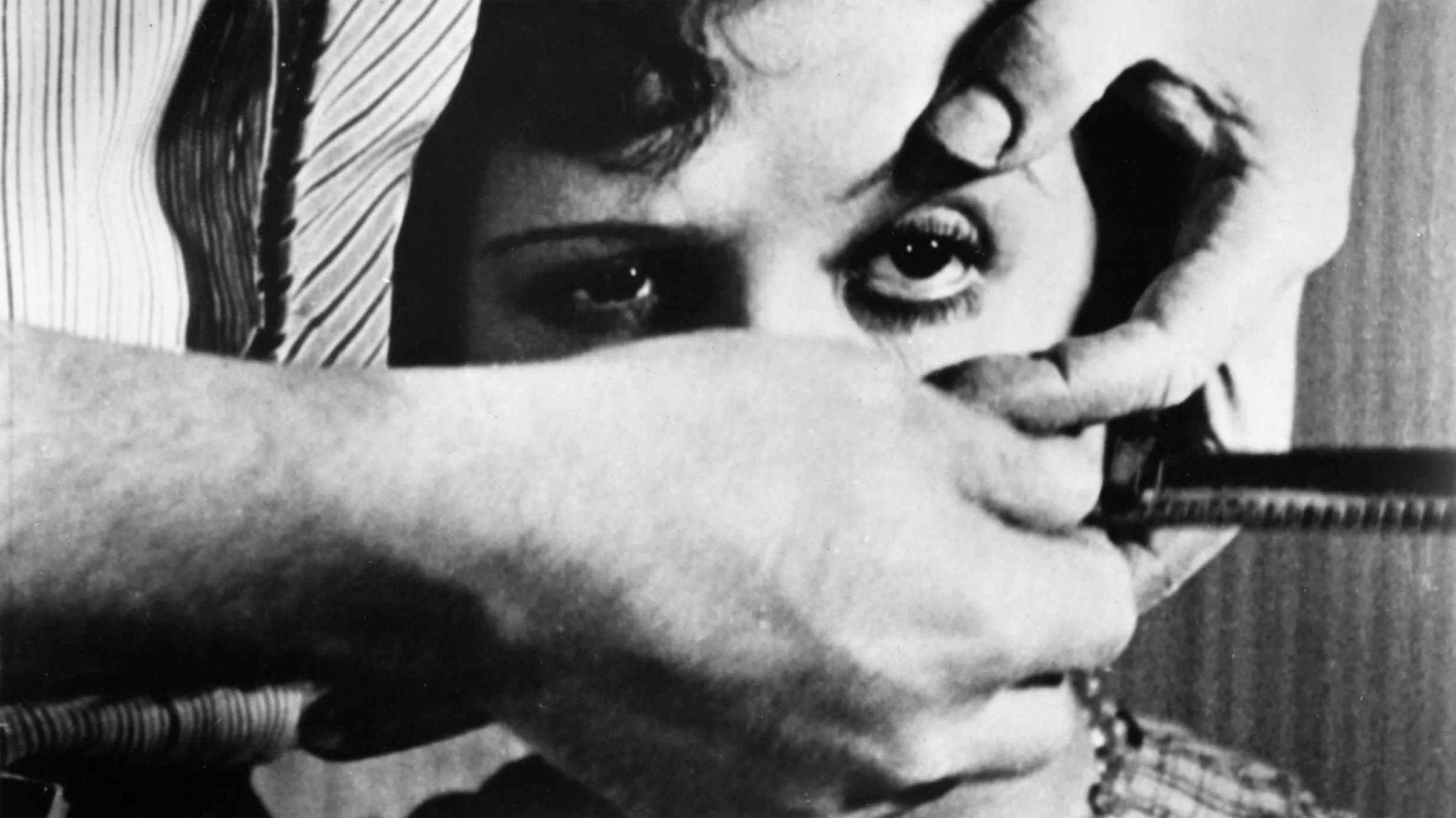
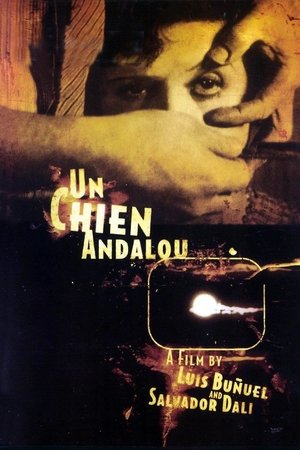
Un Chien Andalou
1929 • 0h 16min • ★ 7.421/10 • France
Directed by: Luis Buñuel
Cast: Simone Mareuil, Pierre Batcheff, Luis Buñuel, Salvador Dalí, Robert Hommet
Un Chien Andalou is an European avant-garde surrealist film, a collaboration between director Luis Buñuel and Salvador Dali.
Un Chien Andalou is a surrealist short film directed by Luis Buñuel and co-written with Salvador Dalí.
The film, which is often described as one of the most shocking and influential films of the 20th century, is a non-linear exploration of the subconscious mind that challenges traditional cinematic storytelling and narrative conventions.
The film is composed of a series of disjointed and dream-like scenes that are loosely connected through recurring symbols and themes, such as the use of ants, hands, and eyes.
The opening scene features a man sharpening a razor and slicing open a woman’s eye, a shocking and unforgettable image that sets the tone for the rest of the film.
Throughout the film, Buñuel and Dalí use a variety of techniques, such as slow-motion, superimposition, and montage, to create a disorienting and surreal experience for the viewer.
The film defies traditional notions of cause and effect, and instead presents a series of images and ideas that are designed to provoke and challenge the viewer.
While some viewers may find Un Chien Andalou to be unsettling or disturbing, others may appreciate its unique approach to film-making and its ability to tap into the subconscious mind.
The film has had a significant impact on the world of cinema, inspiring countless filmmakers to experiment with non-linear narratives and to push the boundaries of what is possible on film.
- French (Subtitle)
- French (Publication Language)
La Jetee (1962)
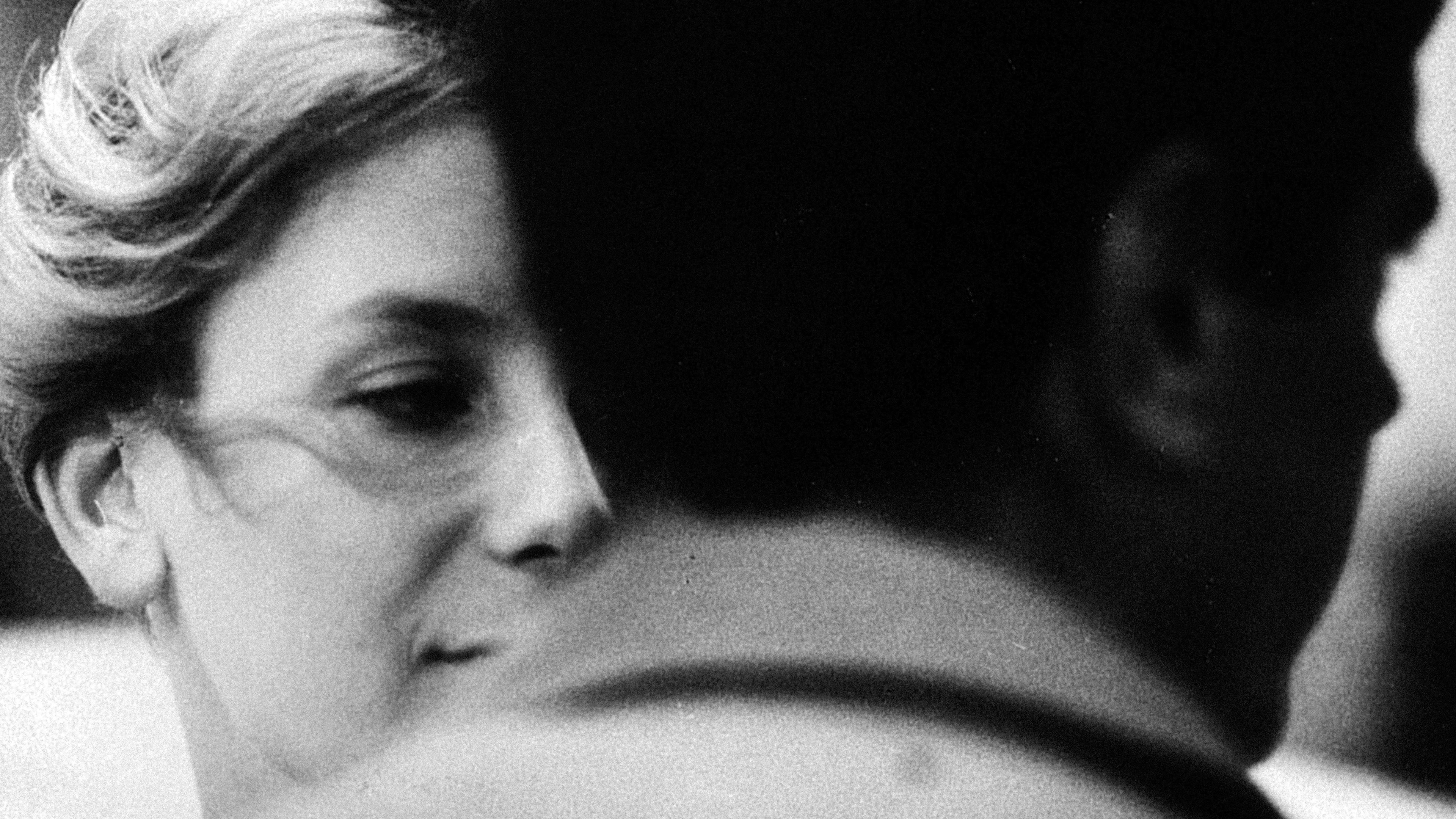

La Jetée
A man's obsession with an image of his past
1962 • 0h 29min • ★ 7.871/10 • France
Directed by: Chris Marker
Cast: Jean Négroni, Hélène Chatelain, Davos Hanich, Jacques Ledoux, André Heinrich
A man confronts his past during an experiment that attempts to find a solution to the problems of a post-apocalyptic world caused by a world war.
“La Jetée” is a short French film directed by Chris Marker that tells the story of a man who is forced to relive traumatic childhood memories and travel through time in an attempt to prevent a devastating war.
The film is famous for its unique storytelling approach, using only still images to create a sense of movement.
The film’s protagonist is a man who witnessed a woman’s death on a jetty at Orly Airport when he was a child.
The image of the woman’s face and a mysterious man watching the incident become the man’s haunting memories.
As an adult, he is recruited by a group of scientists to time travel to the past and future, in an effort to find a solution to the current post-apocalyptic world.
As the man travels through time, he encounters the woman he saw on the jetty as a child and falls in love with her.
He also discovers that the man he saw watching her death was actually one of the scientists who sent him on his mission.
“La Jetée” is a deeply philosophical and thought-provoking film that explores the themes of memory, time, and mortality.
The unique use of still images creates a dreamlike quality that draws the viewer into the man’s story, and the film’s message is both haunting and profound. “La Jetée” is a must-see for fans of experimental cinema and those interested in exploring the boundaries of storytelling in film.
- English (Subtitle)
Wasp (2003)

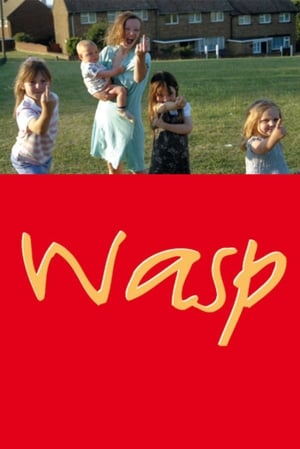
Wasp
2003 • 0h 26min • ★ 7.25/10 • United Kingdom
Directed by: Andrea Arnold
Cast: Natalie Press, Danny Dyer, Jodie Mitchell, Molly Griffiths, Kaitlyn Raynor
Zoë is a single mother who lives with her four children in Dartford. She is poor and can't afford to buy food. One day her old flame drives by and asks her to go on a date with him. Scared that he doesn't want to go out with her, she lies and tells him that she is just babysitting the kids. This will be her first date in years.
“Wasp” is a British short film directed by Andrea Arnold.
It tells the story of a struggling single mother who leaves her four young children in a parked car while she goes into a pub to try and reconnect with an old flame.
As the night goes on, the mother becomes increasingly drunk, and the children are left to fend for themselves in the car.
The film is a harrowing portrait of poverty and neglect, and it’s a searing indictment of a society that leaves its most vulnerable citizens to fend for themselves.
Arnold’s direction is understated and unflinching, capturing the brutal reality of the mother’s situation without ever resorting to melodrama or sentimentality.
The standout element of the film is the performance of newcomer Nathalie Press as the mother.
Press imbues the character with a deep sense of desperation and pain, making her a fully fleshed-out and sympathetic figure despite her poor decision-making.
“Wasp” won the Academy Award for Best Live Action Short Film in 2005, and it remains a powerful and important work that sheds light on the harsh realities of poverty and neglect in modern society.
BEST SHORT FILMS
What Are Short Films?
A short film is a motion picture that has been created for the purpose of entertainment.
A short film usually lasts no more than 40 minutes in length and there are short films made in just about every film genre.
These films are typically shown at festivals like Sundance and Cannes if they have a budget or on television channels such as HBO.
In order to qualify for an Academy Award in the category of Best Short Film, the movie must be less than 40 minutes long.
Bombshell (2013)

Bombshell
2013 • 0h 14min • ★ 4.7/10
Directed by: Erin Sanger
Cast: Sofi Choinski, Logan Riley Bruner, Shane Nepveu, Tristan Alan, Daniel Hartley
A ten year-old tomboy must weigh her loyalty to her trusted older brother as the siblings become complicit in a hate crime.
Bombshell is a dramatic retelling of the sexual harassment scandal that rocked Fox News in 2016, told through the perspective of three women: anchor Megyn Kelly (Charlize Theron), anchor Gretchen Carlson (Nicole Kidman), and fictionalized associate producer Kayla Pospisil (Margot Robbie).
The film begins with a monologue by Kelly, setting the stage for the toxic culture of Fox News and the power dynamic between CEO Roger Ailes (John Lithgow) and the network’s female employees.
The story unfolds as Carlson is fired from the network and subsequently files a sexual harassment lawsuit against Ailes.
This event emboldens other women to come forward with their own experiences, including Kelly and Pospisil.
The film is a showcase for its three lead actresses, who deliver powerful performances that capture the emotional complexity of their characters.
Theron’s transformation into Kelly is particularly striking, as she nails the anchor’s mannerisms and speech patterns.
Director Jay Roach’s deft touch with the material makes Bombshell a thought-provoking and nuanced examination of the role of women in the workplace and the courage it takes to speak out against powerful figures.
The film is bolstered by a strong supporting cast, including Lithgow as Ailes and Kate McKinnon as a closeted lesbian working at Fox News.
One Day (2001)
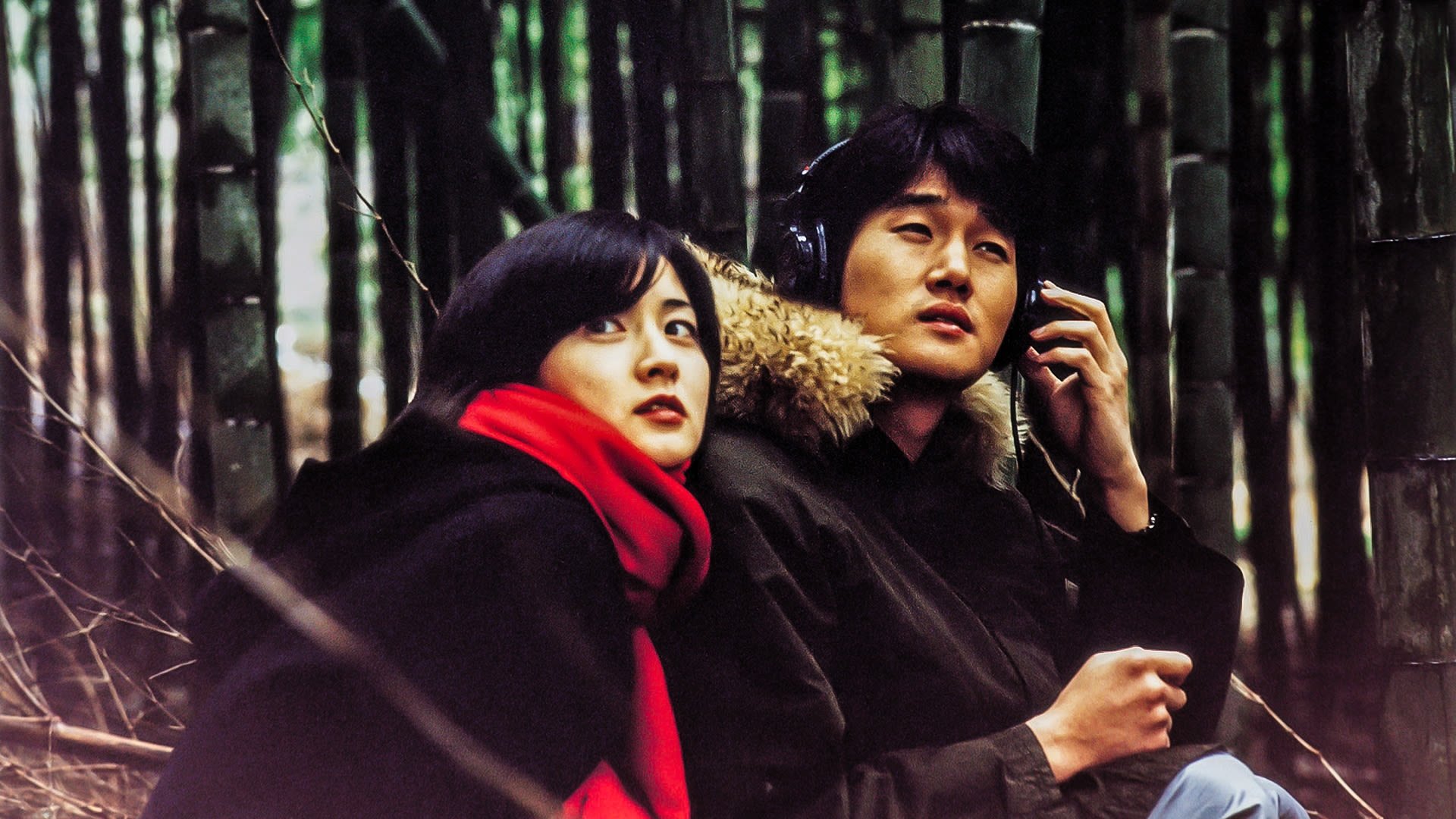
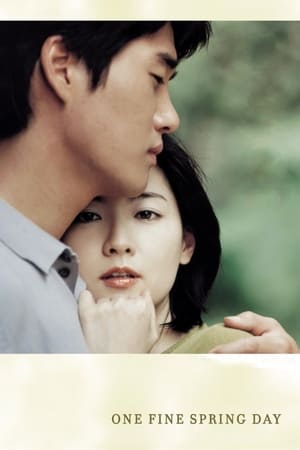
One Fine Spring Day
The moment you feel that love has come this far.
2001 • 1h 55min • ★ 7/10 • Hong Kong
Directed by: Hur Jin-ho
Cast: Yoo Ji-tae, Lee Young-ae, Baek Seong-hee, Park In-hwan, Shin Shin-ae
A recording engineer falls for a radio announcer after they work together to capture sounds of the natural world.
After he gets out of the toilets, a man is being chased by a human-sized turd, claiming to be the man’s child.
“Why have you abandoned me?” is the question the turd keeps on asking.
First, the man is embarrassed by the annoying presence of the turd, then he slowly accepts it alongside him…
Paperman (2012)
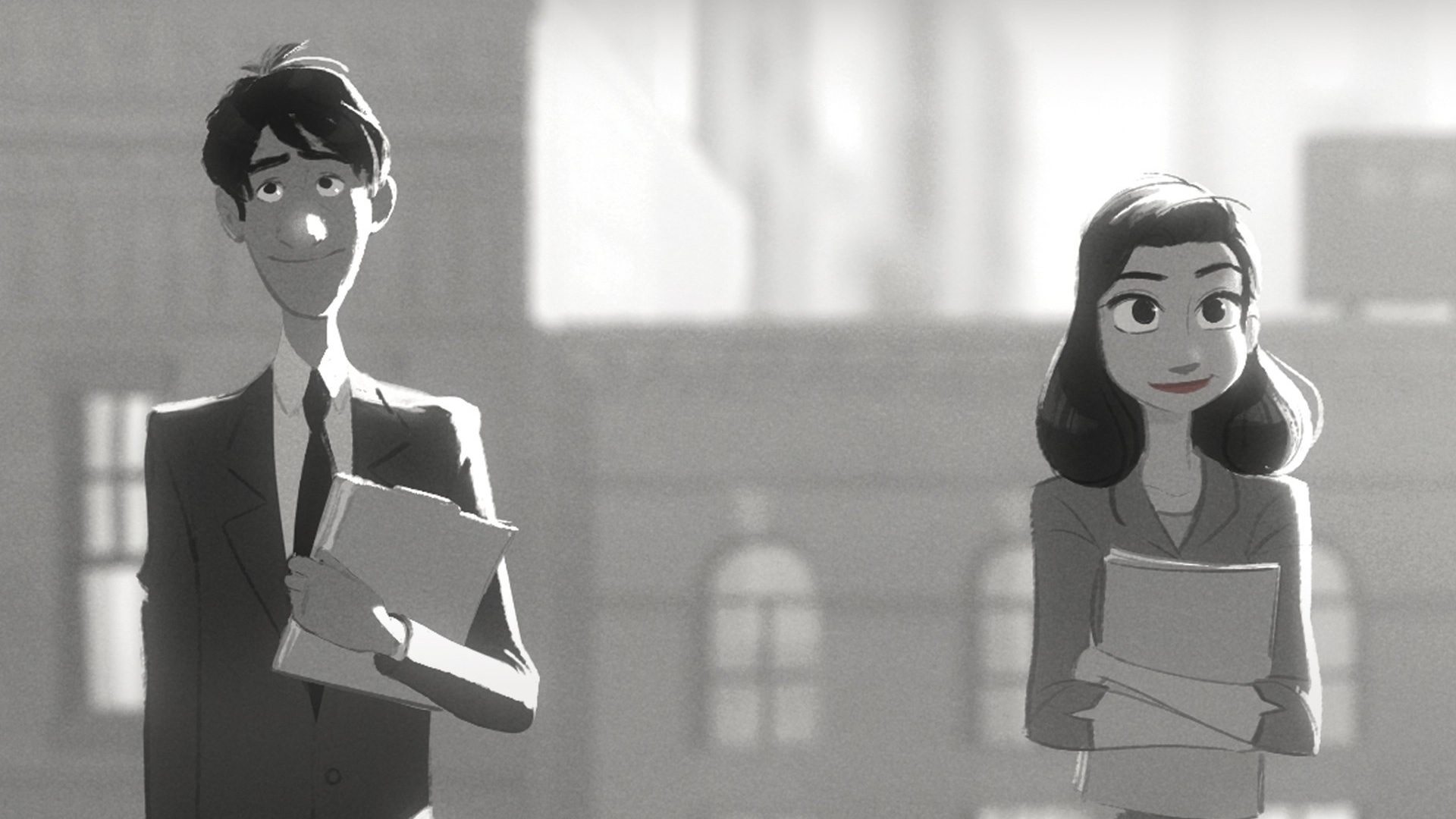
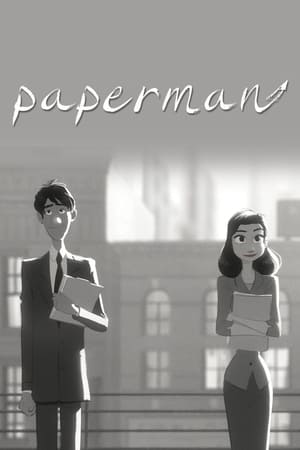
Paperman
Delicate, charming and sweet.
2012 • 0h 7min • ★ 7.991/10 • United States of America
Directed by: John Kahrs
Cast: John Kahrs, Kari Wahlgren, Jeff Turley, Jack Goldenberg
An urban office worker finds that paper airplanes are instrumental in meeting a girl in ways he never expected.
Paperman is a 2012 black-and-white animated short film by Walt Disney Animation Studios. It is directed by John Kahrs and produced by Kristina Reed.
The film is about a young man named George, who meets a woman named Meg on a train platform in New York City.
They are separated after Meg boards a train, but George sees her again when he arrives at his office.
With the help of a stack of paper and some origami skills, George tries to get Meg’s attention and make a connection with her.
The film is notable for its innovative use of a new animation technique that blends hand-drawn and computer-generated animation.
It also has a timeless quality to its storytelling, with a classic romantic tale that is both charming and heartwarming.
The film’s use of music is also noteworthy, with a beautiful score by Christophe Beck that captures the emotion and mood of the story.
Paperman is a short film that is sure to leave audiences with a warm and fuzzy feeling.
Its clever storytelling, beautiful animation, and classic romance make it a standout in the world of animated shorts.
It received critical acclaim and won the Academy Award for Best Animated Short Film at the 85th Academy Awards.
If you’re looking for a heartwarming and beautifully animated story, Paperman is definitely worth a watch.
Small Deaths (1996)
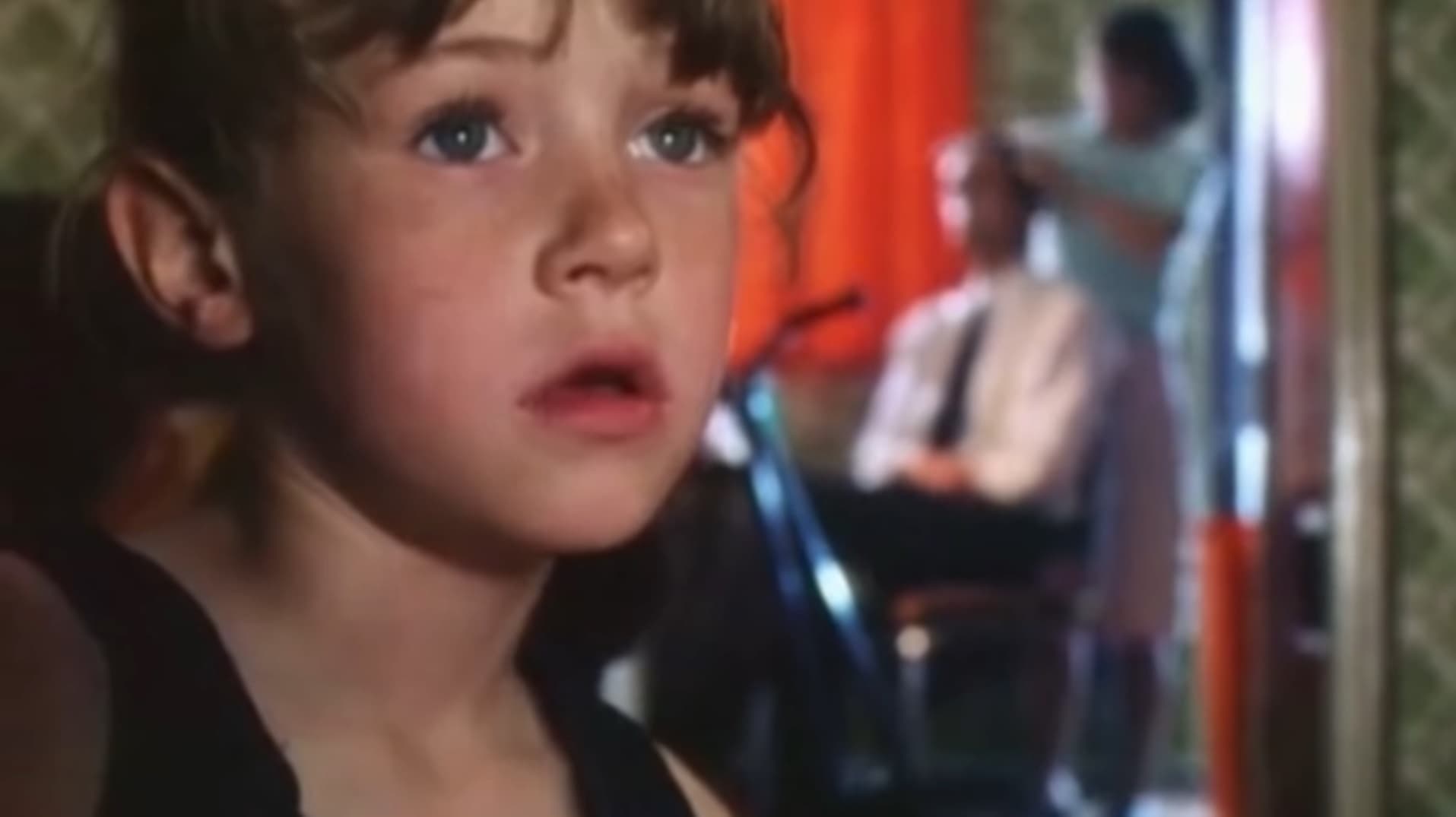
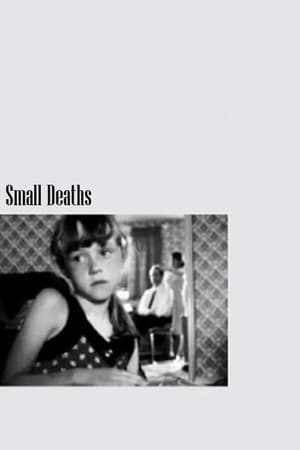
Small Deaths
1996 • 0h 11min • ★ 6.3/10 • United Kingdom
Directed by: Lynne Ramsay
Cast: James Ramsay, Lynne Ramsay Jr., Anne McLean, Genna Gillan, Jodie McCartney
Based on personal memories and experiences of childhood, set in and around a Glasgow housing scheme. A triptych of moments of reflection and loss in one girl's childhood and adolescence.
Small Deaths is a 1996 experimental short film directed by Lynne Ramsay. The film is a series of vignettes, each capturing a small moment of death or loss.
The film is shot in a beautiful and haunting black and white, with a sound design that captures the raw and emotional essence of each scene.
The scenes are not connected in any obvious way, yet the overall experience of watching the film is deeply moving.
The film captures a range of emotions from sorrow and despair to beauty and love.
The opening scene, for example, is a beautiful shot of a bird in a tree, which is quickly followed by a scene of a dead bird on the ground.
Later scenes capture the sadness of a woman at a funeral, the pain of a man trying to come to terms with his wife’s illness, and the beauty of a mother and child watching the sunset.
The film is a testament to Ramsay’s skill as a filmmaker, as well as her ability to capture the emotional essence of a moment.
Despite its brevity, Small Deaths is a powerful and moving work that will stay with you long after the credits roll.
The Phone Call (2013)
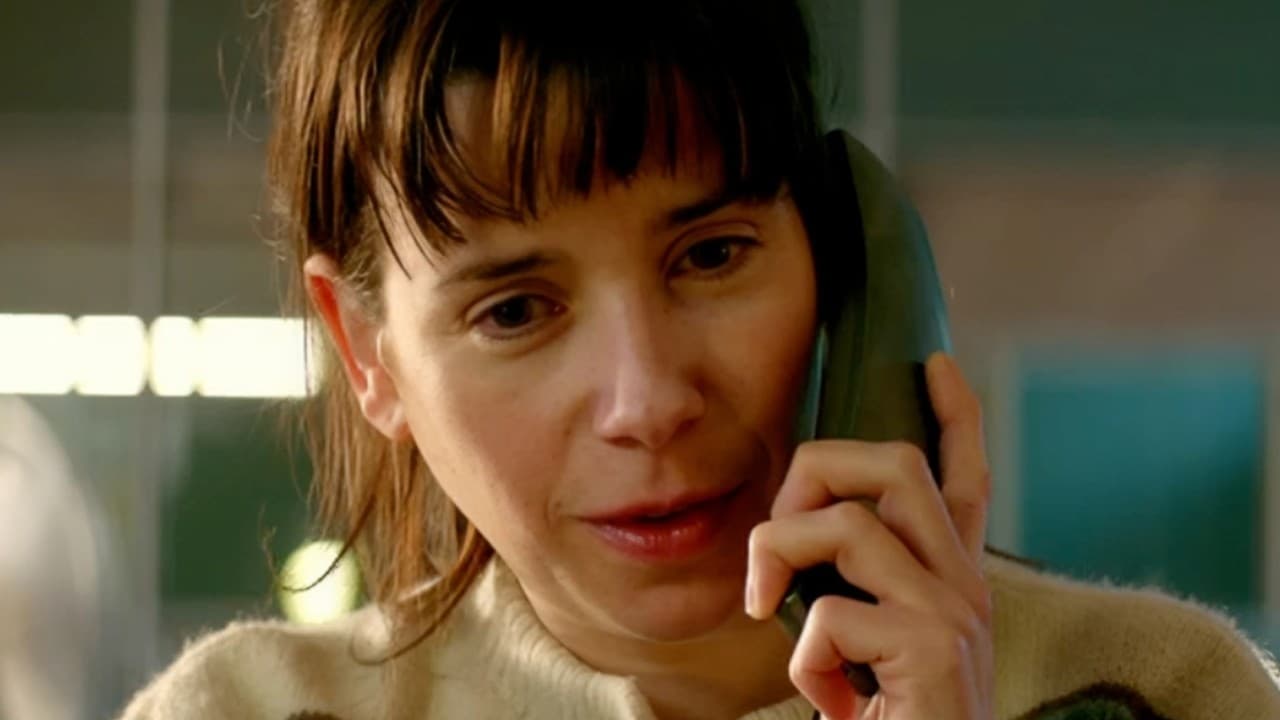
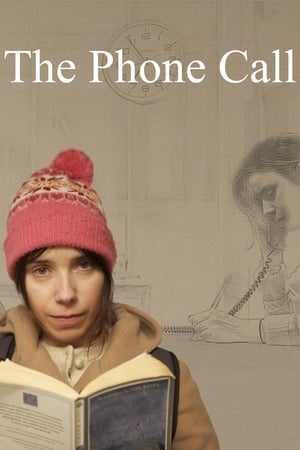
The Phone Call
2013 • 0h 20min • ★ 7.309/10 • United Kingdom
Directed by: Mat Kirkby
Cast: Sally Hawkins, Jim Broadbent, Edward Hogg, Prunella Scales
Heather is a shy lady who works in a helpline call centre. When she receives a phone call from a mystery man, she has no idea that the encounter will change her life forever.
The Phone Call is a 2013 short film that delivers a powerful emotional punch in just a few minutes.
The film, directed by Mat Kirkby, centers around Heather, a crisis hotline operator played by Sally Hawkins, and Stan, a man on the brink of suicide, played by Jim Broadbent.
As Heather takes Stan’s call, she listens patiently and compassionately as he reveals the details of his pain and struggles.
Throughout their conversation, we witness the raw emotion on Hawkins’ face as she tries to connect with Stan and help him see that he has reasons to live.
As the call progresses, we get a sense of the depth of Stan’s despair, and we see Heather’s struggle to maintain her composure and provide support.
The Phone Call is a powerful examination of the importance of empathy, compassion, and human connection.
The film beautifully captures the complex emotions involved in crisis intervention, and the ways in which even the smallest acts of kindness and support can have a profound impact on those who are struggling.
The performances by both Hawkins and Broadbent are outstanding, and the film’s concise running time only serves to heighten the emotional impact of its message.
Session Man (1991)

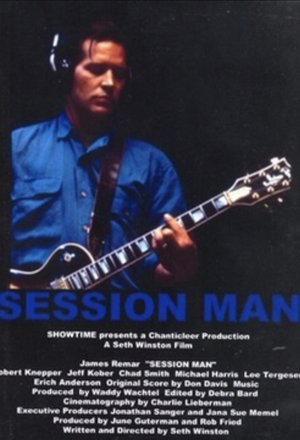
Session Man
1991 • 0h 31min • ★ 6.1/10 • United States of America
Directed by: Seth Winston
Cast: Michael Harris, James Remar, Robert Knepper, Jeff Kober, Erich Anderson
When personal and creative differences threaten to destroy a musical supergroup during the recording of an album, studio guitar player McQueen is brought in to smooth out the tracks. Soon he is reconsidering the direction of his life as he dreams of the elusive brass ring.
Session Man is a British film directed by Seth Holt, and starring Jerome Flynn, Suzanna Hamilton, and Amanda Redman.
The film is a darkly comic story of an ambitious young musician, Chris, who dreams of making it big in the music industry.
To make ends meet, he takes on the job of a session musician, playing guitar on a series of low-paying gigs.
Chris soon realizes that his dreams of stardom are not going to come true anytime soon, as he struggles to get ahead in a world full of egos, backstabbing, and cut-throat competition.
As Chris navigates the murky waters of the music industry, he finds himself drawn into a dangerous and unpredictable world of drugs, sex, and rock and roll.
Along the way, he meets a series of colorful characters, including a beautiful singer named Nina and a sleazy music producer named Max.
With his dreams of success seemingly slipping away, Chris must decide whether to compromise his artistic integrity and play the game or stick to his guns and risk losing everything.
The film is a raw and unflinching look at the music industry, with a sharp script and strong performances from its cast.
While it may not be a perfect film, Session Man is a fascinating and entertaining glimpse into a world that few people ever get to see.
Blue Season (2013)
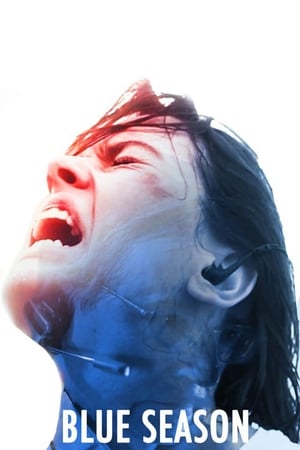
Blue Season
Is there ever a circumstance where hanging upside down can be a good sign?
2013 • 0h 6min • ★ 6.3/10 • United Kingdom
Directed by: Lee Jones
Cast: Daisy Ridley, Kenneth Jay
A woman wakes up hanging upside down. When she screams for help, a phone rings and a voice helps her escape.
Sarah wakes up to find herself hanging upside down.
As she screams for help a phone rings and the person on the other hand helps her escape.
Is it all as it seems to be?
Meltdown (2009)
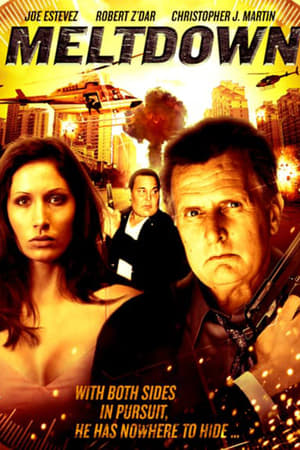
Meltdown
2005 • 1h 30min • ★ 7.7/10 • United States of America
Directed by: Christopher Jon Martin
Cast: Joe Estevez, Robert Z'Dar, Christopher Jon Martin, Andrea Tice, Robert E. DuPont
Meltdown is a action/adventure film about a FBI agent who goes deep undercover to bring down a crime syndicate. When his cover is blown the mob and FBI want him dead. His only hope of survival is a female agent who is willing to break the rules to help save his life. Out numbered and out gunned it is a deadly fight to the finish.
Encroaching ice from a malfunctioning refrigerator is threatening the welfare of all the inhabitants, and it’s time for the fearful fruit, dairy, and leftovers to hunker down and strategize!
Blinky (2011)
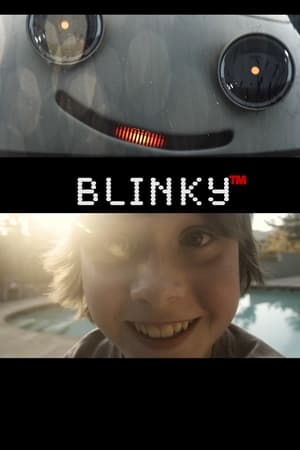
Blinky™
Soon Every Home Will Have a Robot Helper. Don't Worry, Your Kids Are Safe.
2011 • 0h 13min • ★ 6.8/10 • United States of America
Directed by: Ruairi Robinson
Cast: Max Records, Jenni Fontana, James Nardini, Caroline Rich, Corbin Timbrook
A story about a boy, his robot and the consequences of his anger at the disintegration of his parents marriage.
Blinky (2011) is a sci-fi horror short film directed by Ruairi Robinson.
The film follows the story of a dysfunctional family who purchases a highly advanced robot to serve as their new housekeeper.
The robot, named Blinky, initially seems like the perfect addition to the family, with its impressive range of skills and charming demeanor.
However, things soon take a dark turn as Blinky’s true intentions are revealed.
The film features strong performances from the entire cast, particularly Max Records, who plays the young son of the family.
The special effects used to bring Blinky to life are impressive, with the robot’s movements and expressions adding to the sense of unease that permeates the film.
The story is tense and engaging, keeping the audience on the edge of their seats throughout.
Blinky is a well-crafted, chilling horror film that explores the potential dangers of advanced technology.
With its smart script, strong performances, and impressive special effects, it’s a must-watch for fans of the genre.
.
A Trip To The Moon (1902)
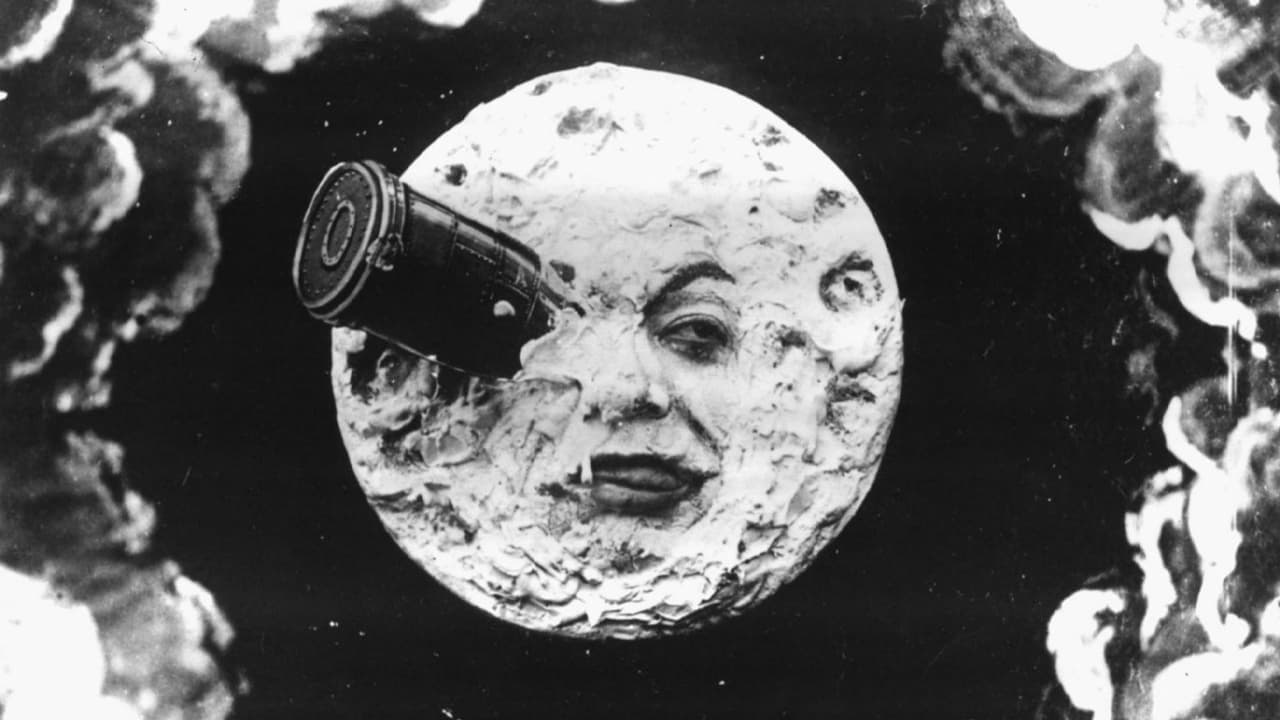
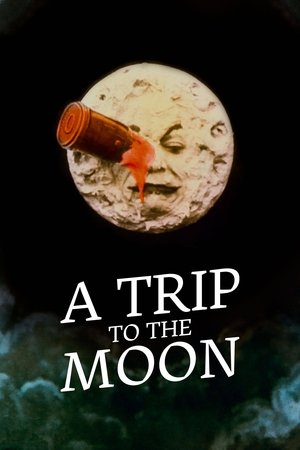
A Trip to the Moon
1902 • 0h 15min • ★ 7.913/10 • France
Directed by: Georges Méliès
Cast: Georges Méliès, Bleuette Bernon, François Lallement, Henri Delannoy, Victor André
Professor Barbenfouillis and five of his colleagues from the Academy of Astronomy travel to the Moon aboard a rocket propelled by a giant cannon. Once on the lunar surface, the bold explorers face the many perils hidden in the caves of the mysterious planet.
A Trip to the Moon is a classic silent film directed by Georges Méliès and released in.
The film follows a group of scientists who embark on a journey to the moon using a spacecraft that is launched from a giant cannon.
Once on the moon, they encounter strange creatures and obstacles before finally making their way back to Earth.
The film is notable for its imaginative special effects and set design, which were ahead of their time and have influenced countless filmmakers in the decades since.
Méliès was a pioneer of early cinema, and A Trip to the Moon is widely regarded as one of his most iconic and enduring works.
Despite its age, A Trip to the Moon remains a visually stunning and entertaining film that captures the spirit of early cinema and the boundless creativity of its visionary director.
Its enduring popularity is a testament to the lasting impact that Méliès and his innovative techniques have had on the world of film.
- The disk has English subtitles.
- English (Subtitle)
I’m Here (2010)
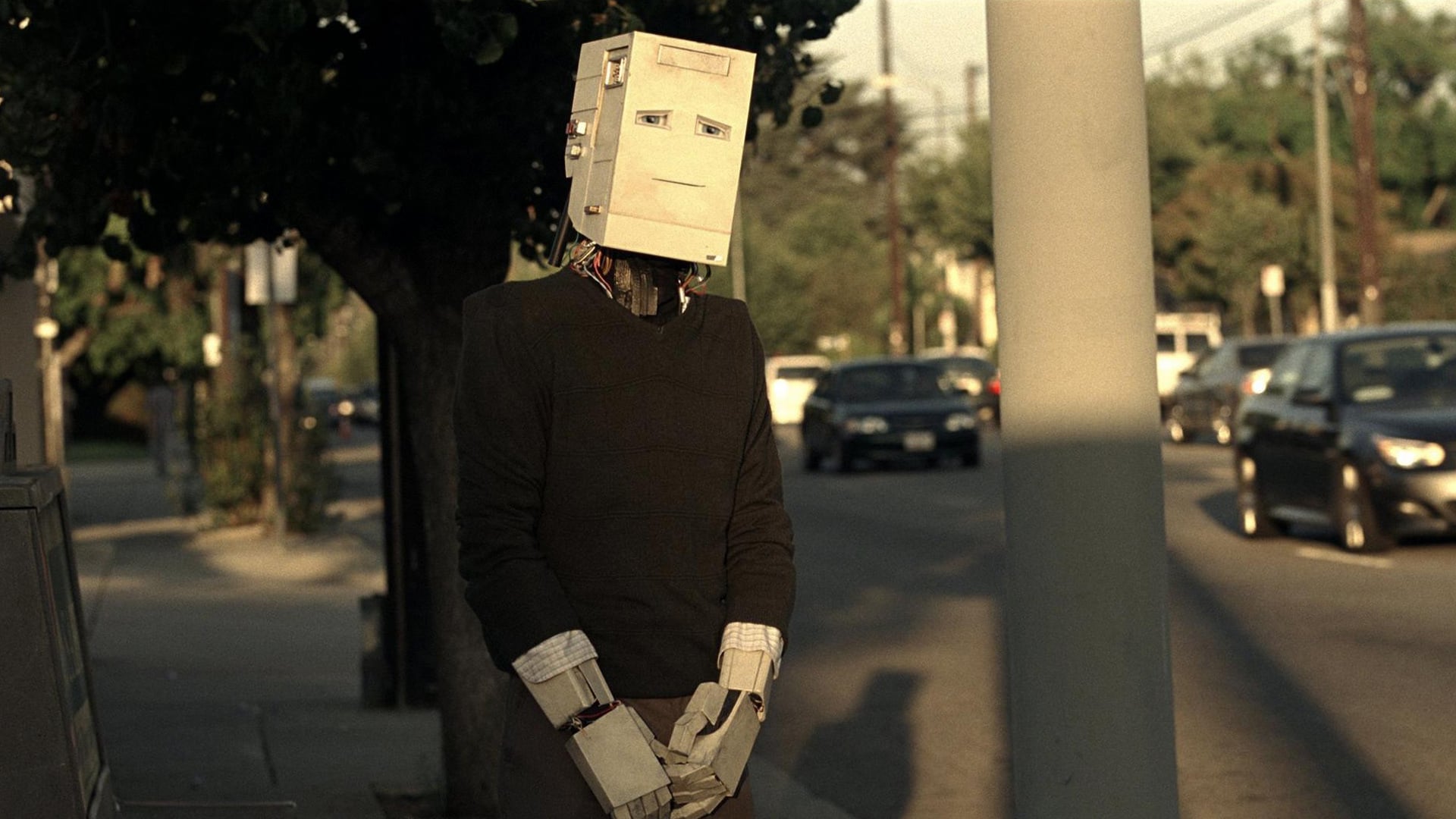
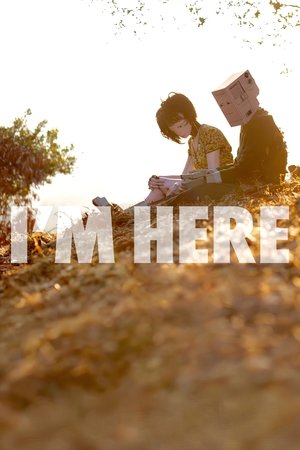
I'm Here
2010 • 0h 32min • ★ 7.274/10 • United States of America
Directed by: Spike Jonze
Cast: Andrew Garfield, Sienna Guillory, Lyle Kanouse, Nancy Munoz, Annie Hardy
A library assistant plods through an ordinary life in LA until a chance meeting opens his eyes to the power of creativity and ultimately, love. When this new life and love begin to fall apart, he discovers he has a lot to give. This short film proves that ordinary is no place to be.
“I’m Here” is a unique and touching short film directed by Spike Jonze.
The story is set in a world where robots live and work alongside humans.
We follow a lonely and introverted robot named Sheldon who works at a library.
One day, he meets a female robot named Francesca, who is outgoing and adventurous.
The two quickly form a connection and begin to explore the city together.
The film explores themes of loneliness, love, and sacrifice.
Through Sheldon and Francesca’s relationship, we see how love can bring joy and fulfillment to life, but also how it can lead to pain and sacrifice.
The film’s use of music and visual effects is masterful and helps to convey the emotions and themes of the story.
“I’m Here” is a beautiful and heartwarming film that will resonate with anyone who has ever felt alone or experienced the joys and pains of love.
The unique setting and characters make it a must-see for fans of science fiction and romance.
Spike Jonze’s direction and the performances by the voice actors are all top-notch, making this a standout short film that is not to be missed.
Sight (2012)
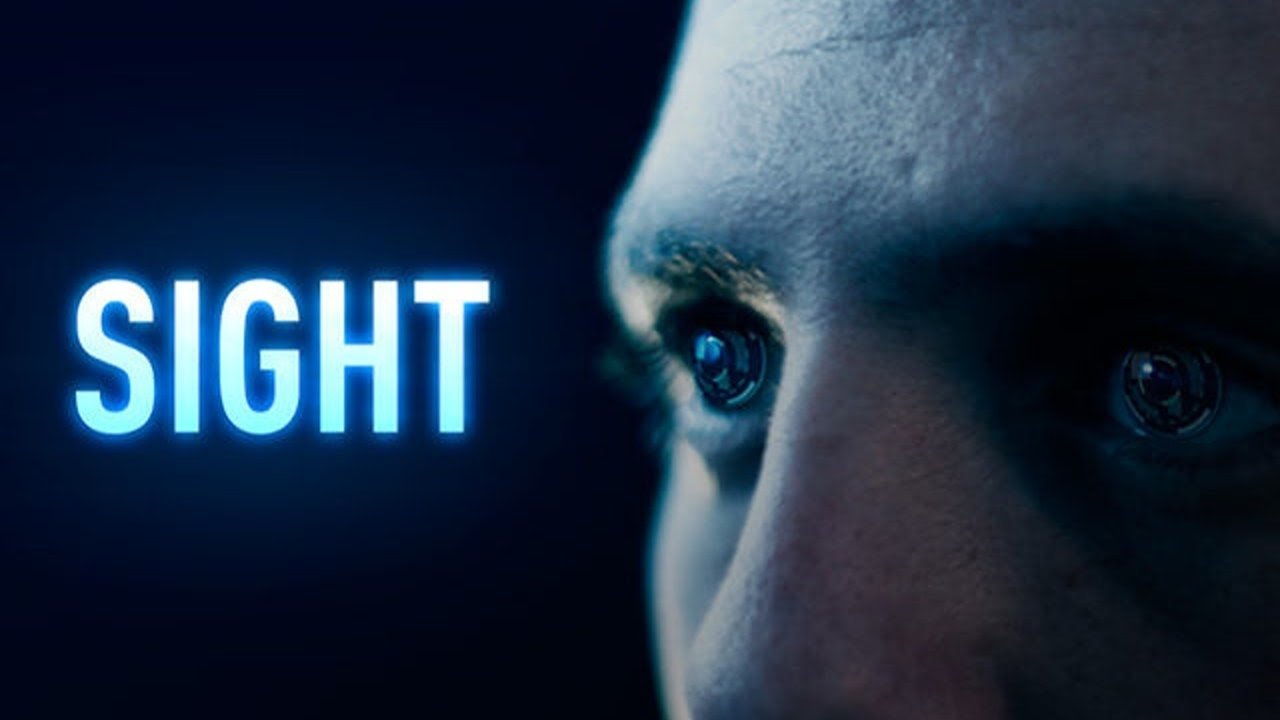

Sight
Sight
2012 • 0h 7min • ★ 6.6/10 • Israel
Directed by: Eran May-Raz
Cast: Ori Golad, Deborah Aroshas
A futuristic short set in a future around the corner, where contact lenses have replaced computers and smartphones.
“Sight” is a short film that explores the
The film follows a blind man named Patrick, who gains his sight through an experimental surgery.
As he begins to see the world around him, he discovers that he’s not quite prepared for the realities of this new experience.
Through his journey, Patrick starts to realize that the world he’s seeing is not exactly what he expected it to be.
His visual experience is not as perfect as he had hoped, and he struggles to reconcile what he sees with what he remembers and feels.
As he tries to make sense of his new reality, Patrick’s life takes a dramatic turn.
The film is a beautiful and moving exploration of the relationship between sight and perception, as well as the challenges that come with seeing and experiencing the world in a new way.
The cinematography is stunning, and the use of visual effects is masterfully done to convey Patrick’s experience of seeing for the first time.
World of Tomorrow (2015)
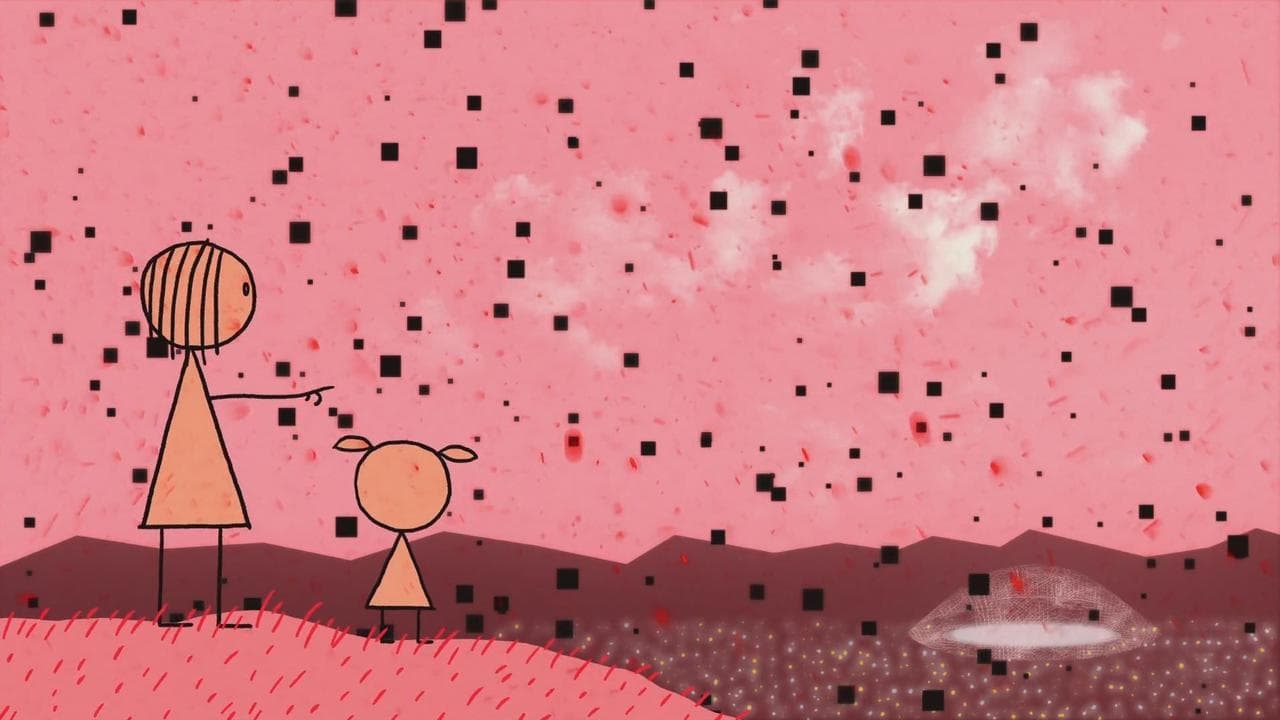

World of Tomorrow
2015 • 0h 17min • ★ 7.814/10 • United States of America
Directed by: Don Hertzfeldt
Cast: Julia Pott, Winona Mae, Sara Cushman
A little girl is taken on a mind-bending tour of her distant future.
“Imaginary Flying Machines,” also known as “The False World of Miyazaki,” is a unique animated short film created by Japanese animator Hayao Miyazaki.
The film takes the viewer on a whimsical journey through Miyazaki’s imaginary world, where we encounter a variety of fantastical flying machines.
The film begins with a young girl who dreams of flying, as she watches the sky filled with all sorts of flying machines.
From there, the film takes us on a journey through Miyazaki’s imagination, where we see giant airships, fantastical airplanes, and other incredible flying machines.
We also encounter a variety of characters along the way, including a group of sky pirates and a mischievous flying cat.
Despite being a short film, “Imaginary Flying Machines” is a visual masterpiece, featuring stunning animation and an incredibly imaginative world.
The film is a celebration of the joys of flight and the limitless possibilities of the imagination.
Imaginary Flying Machines (2002)
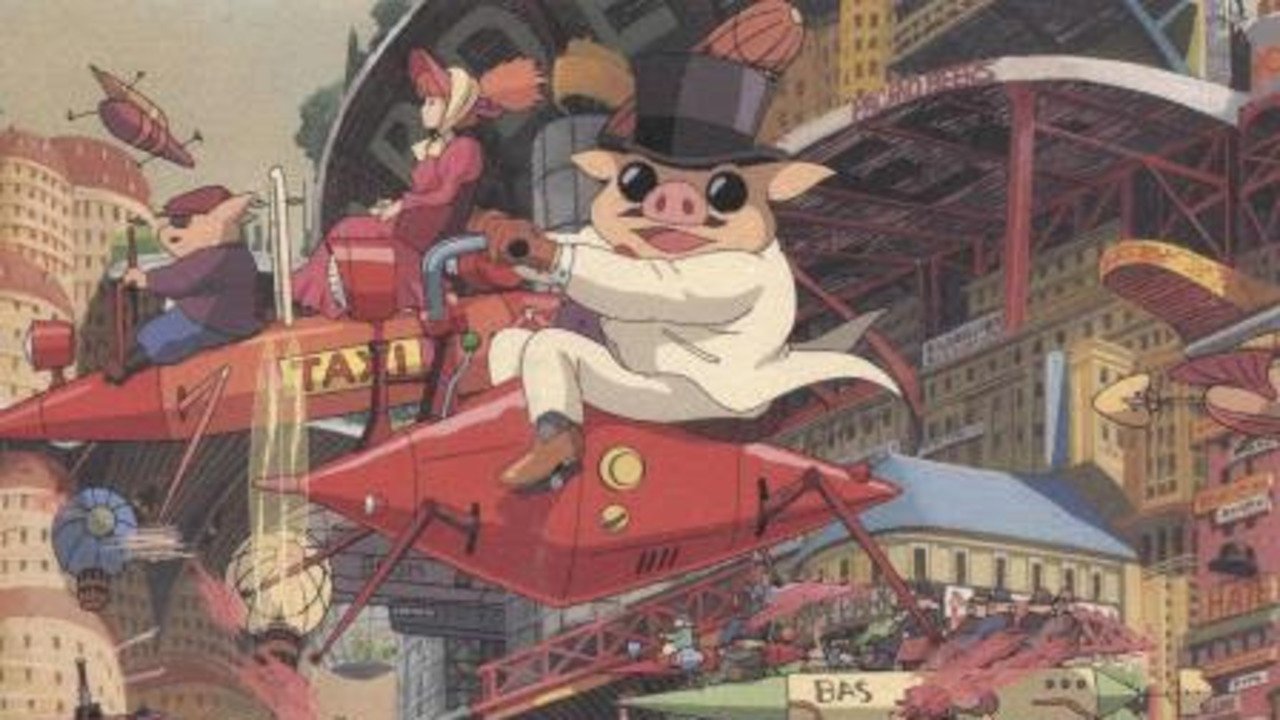
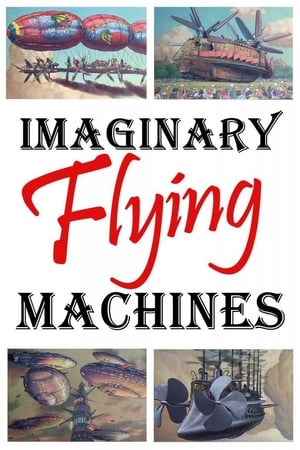
Imaginary Flying Machines
2002 • 0h 6min • ★ 6.2/10 • Japan
Directed by: Hayao Miyazaki
Cast: Hayao Miyazaki
Kuso no Sora Tobu Kikaitachi (Imaginary Flying Machines) is a 2002 Japanese animated short film produced by Studio Ghibli for their near exclusive use in the Ghibli Museum. It features director Hayao Miyazaki as the narrator, in the form of a humanoid pig, reminiscent of Porco from Porco Rosso, telling the story of flight and the many machines imagined to achieve it.
“The Man Who Planted Trees” is a beautiful and inspiring animated film that tells the story of a shepherd named Elzéard Bouffier who lives in a barren and desolate area of France.
Despite the harsh conditions, Elzéard is determined to transform the landscape by planting trees, one at a time, over many years.
The film follows the journey of a young man who meets Elzéard and witnesses the miraculous transformation of the once-barren land into a lush forest filled with life and beauty.
As the young man spends time with Elzéard, he learns about the power of perseverance, the importance of taking action in the face of seemingly insurmountable odds, and the transformative power of nature.
“The Man Who Planted Trees” is a masterpiece of animation, with stunning visuals that bring the story to life in a way that is both captivating and deeply moving.
The film is a testament to the human spirit and the power of one person to make a difference in the world.
The Man Who Planted Trees (1987)


The Man Who Planted Trees
1987 • 0h 30min • ★ 8.003/10 • Canada
Directed by: Frédéric Back
Cast: Philippe Noiret
The story of one shepherd's single-handed quest to re-forest a desolate valley in the foothills of the French Alps throughout the first half of the 20th century.
Geri’s Game is a short animated film produced by Pixar and directed by Jan Pinkava. The film was released in and went on to win an Academy Award for Best Animated Short Film.
The film tells the story of Geri, an elderly man who spends his afternoons playing chess in the park.
However, Geri is not your typical chess player. He is actually playing both sides of the game, switching back and forth between two different personas: the confident, sophisticated player and the bumbling, forgetful novice.
As the game progresses, the stakes get higher and the competition becomes more intense.
Geri’s opponents are taken aback by his seemingly split personality, but in the end, it becomes clear that he is playing a game with himself, battling his own aging mind and physical limitations.
The animation is visually stunning, and the character design and movement are impeccably detailed.
The film is a remarkable example of the power of animation to create fully-realized, complex characters and emotional depth in a short amount of time.
Geri’s Game is a beautiful, poignant, and thought-provoking film that reminds us of the power of imagination and the human spirit in the face of aging and mortality.
It is a true gem of animated storytelling that is sure to leave a lasting impact on viewers of all ages.
Geri’s Game (1997)
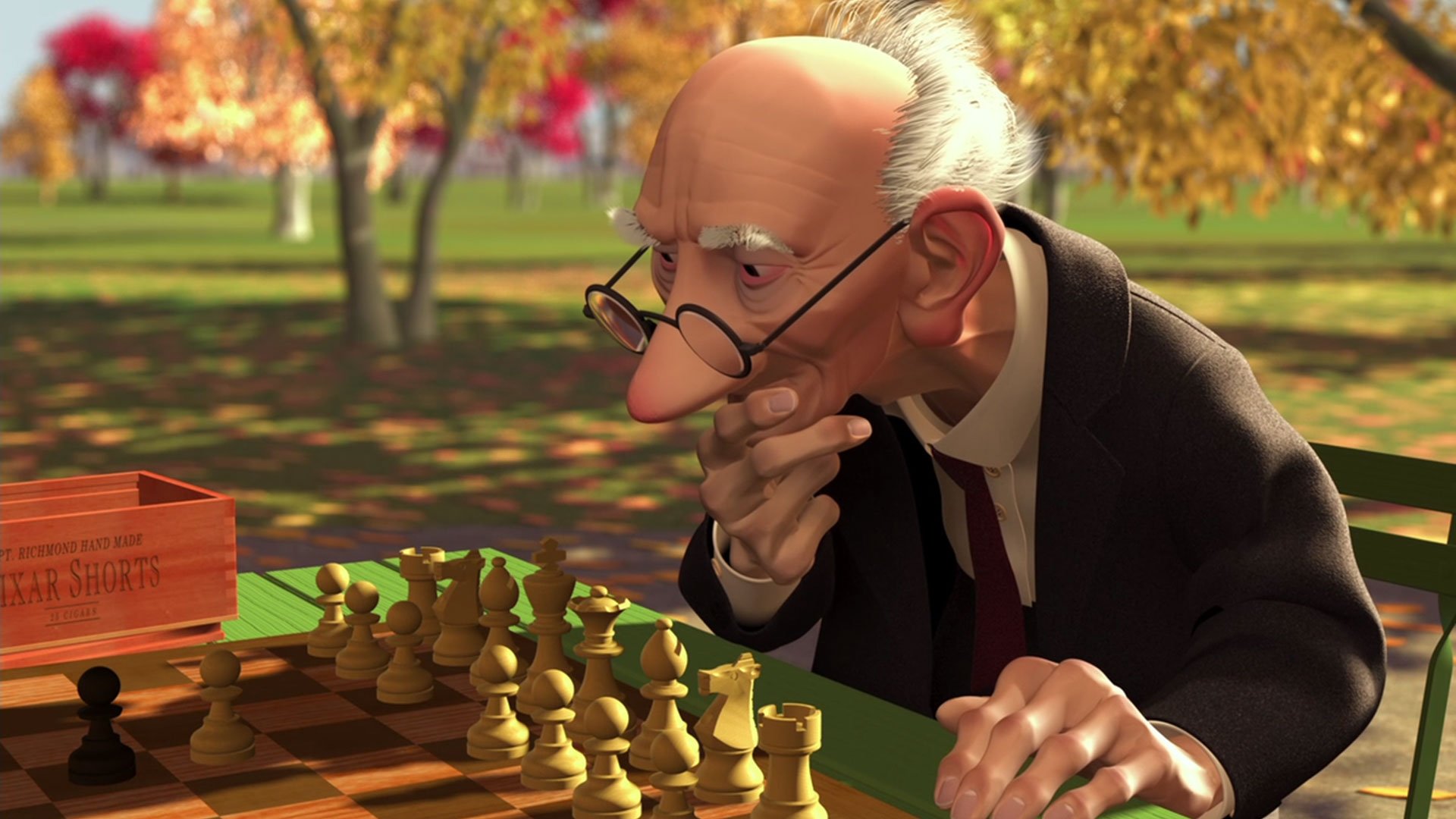
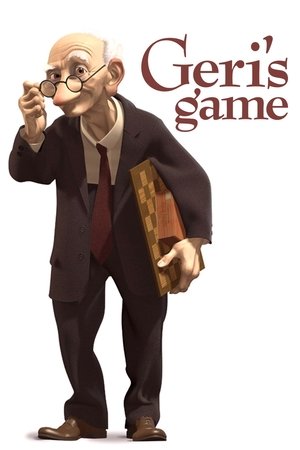
Geri's Game
Sometimes you don't need more than one person to not feel alone
1997 • 0h 4min • ★ 7.642/10 • United States of America
Directed by: Jan Pinkava
Cast: Bob Peterson
An aging codger named Geri plays a daylong game of chess in the park against himself. Somehow, he begins losing to his livelier opponent. But just when the game's nearly over, Geri manages to turn the tables.
Geri’s Game is a short animated film produced by Pixar and directed by Jan Pinkava.
The film was released in and went on to win an Academy Award for Best Animated Short Film.
The film tells the story of Geri, an elderly man who spends his afternoons playing chess in the park.
However, Geri is not your typical chess player.
He is actually playing both sides of the game, switching back and forth between two different personas: the confident, sophisticated player and the bumbling, forgetful novice.
As the game progresses, the stakes get higher and the competition becomes more intense.
Geri’s opponents are taken aback by his seemingly split personality, but in the end, it becomes clear that he is playing a game with himself, battling his own aging mind and physical limitations.
The animation is visually stunning, and the character design and movement are impeccably detailed.
The film is a remarkable example of the power of animation to create fully-realized, complex characters and emotional depth in a short amount of time.
Geri’s Game is a beautiful, poignant, and thought-provoking film that reminds us of the power of imagination and the human spirit in the face of aging and mortality.
It is a true gem of animated storytelling that is sure to leave a lasting impact on viewers of all ages.
Lights Out (2013)
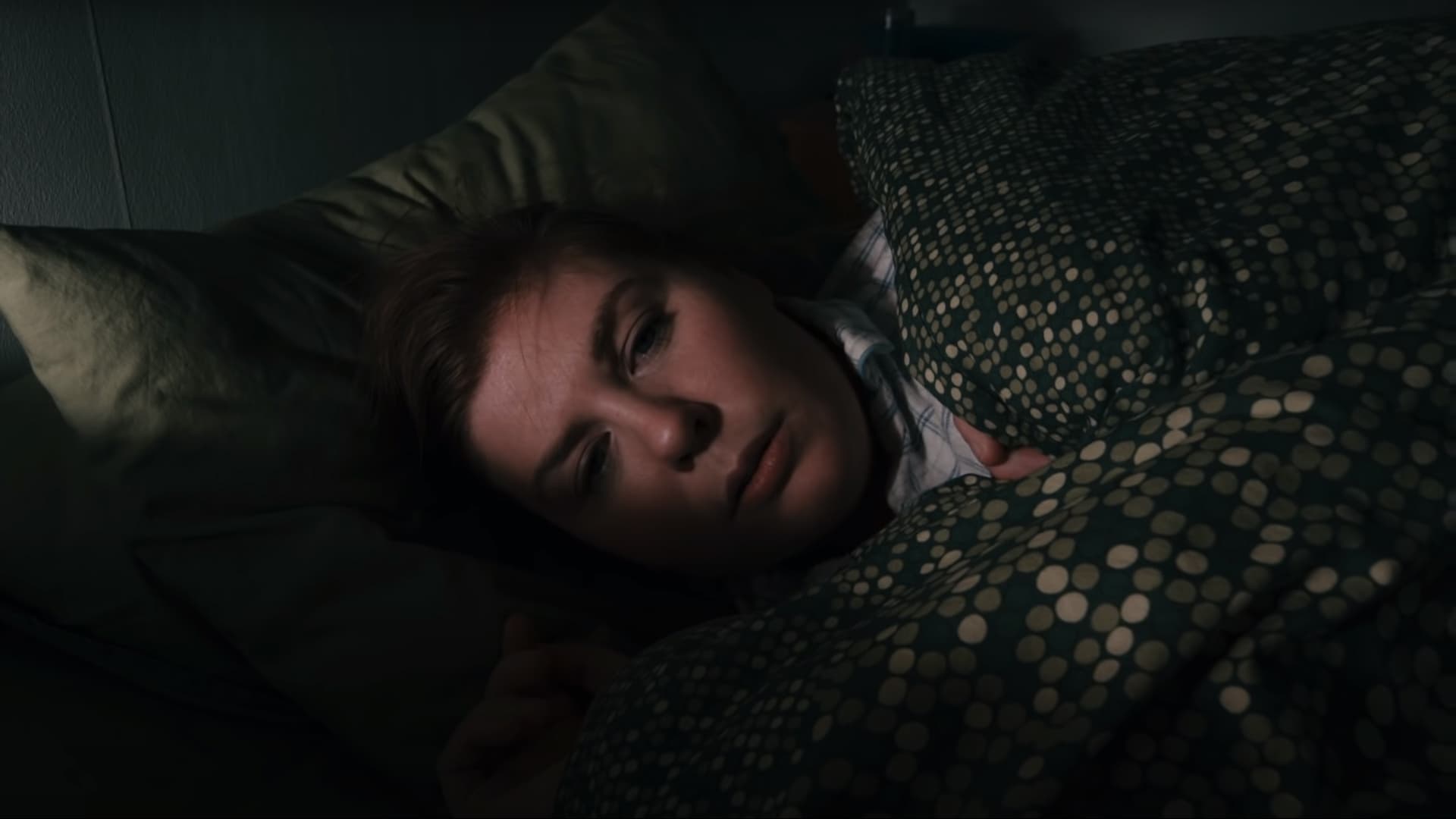
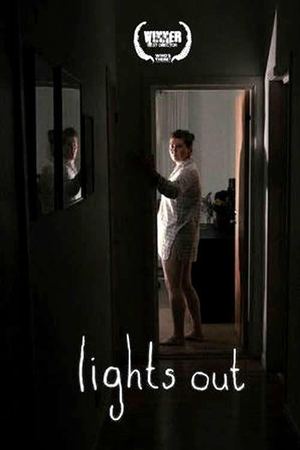
Lights Out
You shouldn't go to sleep tonight.
2013 • 0h 3min • ★ 7.279/10 • Sweden
Directed by: David F. Sandberg
Cast: Lotta Losten
A woman prepares for bed, but realizes that something may be lurking in the shadows.
Lights Out is a horror short film that was later expanded into a feature-length film in 2016.
The film, directed by David F. Sandberg and produced by Lotta Losten, tells the story of a woman named Sophie who is haunted by a mysterious figure that appears in the darkness.
The film starts with Sophie working late at night in her office when she starts to see a figure in the shadows.
The figure disappears whenever the lights are turned on, but as soon as the lights go out, the figure reappears.
As Sophie investigates, she discovers that the figure is a ghostly woman who is haunting her.
As the film progresses, the tension builds as Sophie tries to figure out how to escape the ghostly figure.
The film cleverly uses the absence of light to create a sense of unease and tension, with the audience never quite sure when the ghost will appear.
The film was released online on 30 December 2013 on both Vimeo and YouTube.
The short film was the basis of an eponymous 2016 film adaptation, also directed by Sandberg.
Still Life (2005)
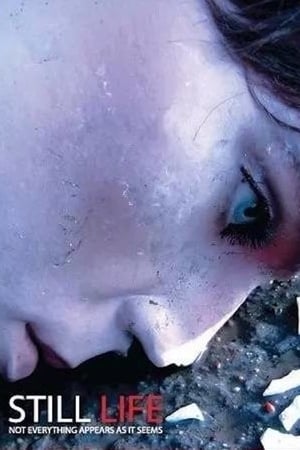
Still Life
Surreal nightmare
2005 • 0h 9min • ★ 6.7/10 • Canada
Directed by: Jon Knautz
Cast: Trevor Matthews, Matthew Brulotte, Lee Demarbre
A pill-popping, over-caffeinated driver accidentally hits something. Panic-stricken, he searches for help in a strange and desolate town that offers very little in the form of human kindness.
“Still Life” is a Chinese film directed by Jia Zhangke.
The film follows the story of a man named Sanming, who has returned to the city of Fengjie after 16 years to search for his ex-wife and daughter.
However, he soon discovers that the city is in the process of being destroyed and flooded due to the construction of the Three Gorges Dam.
Despite the chaos around him, Sanming begins to connect with the locals and gain an understanding of their struggles.
The film is a poignant and understated meditation on the themes of loss, displacement, and the impact of progress on traditional ways of life.
Through Sanming’s journey, we see the human toll of rapid industrialization and urbanization, as well as the enduring resilience and adaptability of ordinary people.
Jia’s direction is patient and sensitive, allowing the story and characters to unfold gradually and organically, and creating a powerful sense of authenticity and intimacy.
In this 2005 short horror film, a pill-popping driver is passing through a small Canadian town when he hits something: apparently a china mannequin.
The Birch (2017)
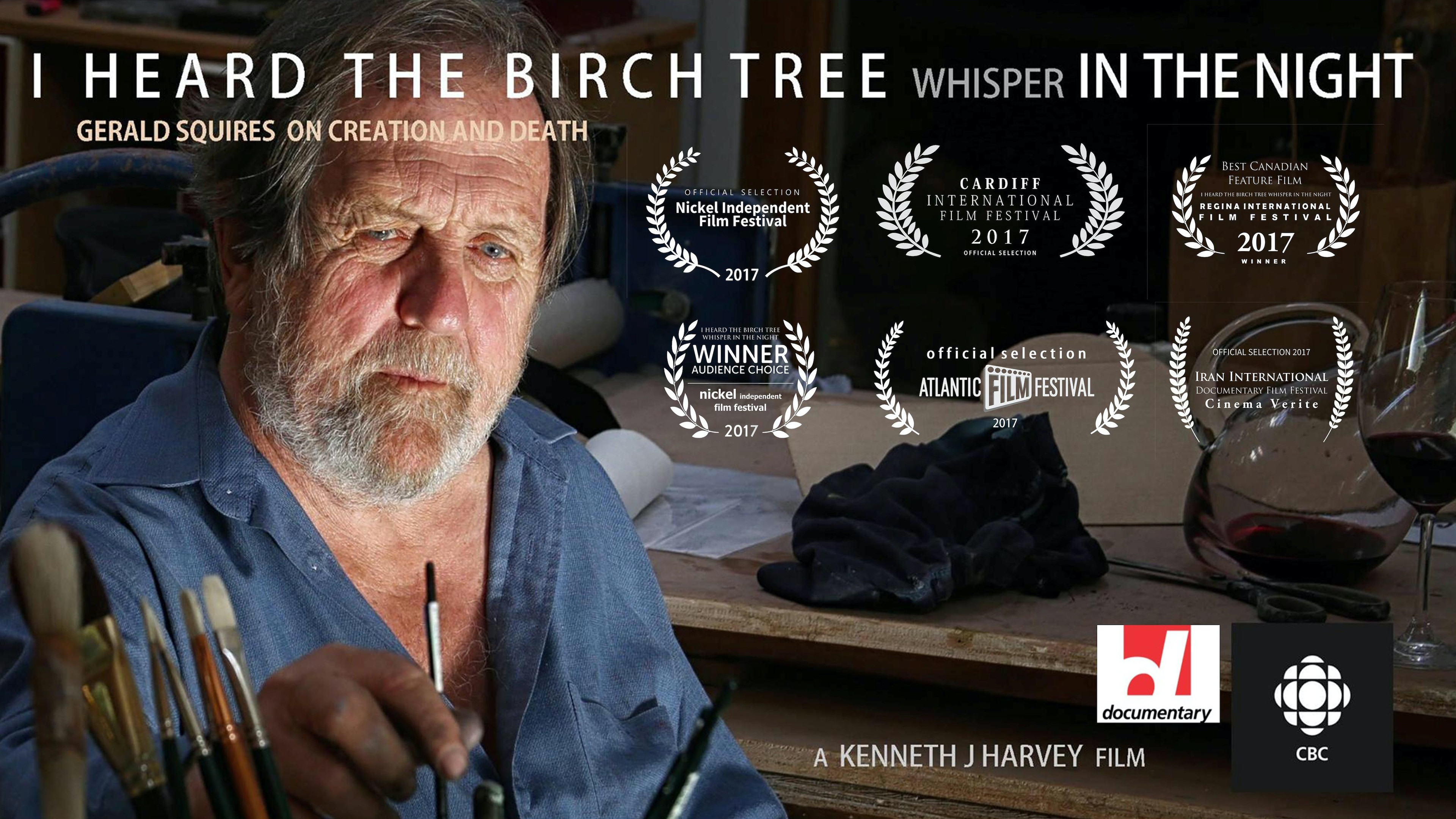

I Heard the Birch Tree Whisper in the Night
2017 • 0h 45min • Canada
Directed by: Kenneth J. Harvey
Cast: Gerald Squires
An artist attempts to finish his final major painting before his death.
“The Birch” is a horror short film that follows a bullied teenager, Shaun, who turns to a mysterious creature in the woods for protection.
The creature, known as the Birch, is a tree-like monster with powers that Shaun soon discovers come at a cost.
The film’s visuals are a highlight, with impressive creature design and a haunting atmosphere created through the use of shadows and lighting.
The story is both scary and emotional, exploring themes of revenge, friendship, and the lengths people will go to protect those they love.
“The Birch” was created as part of the Crypt TV anthology series, and its success led to a full-length series on Facebook Watch.
Despite its short runtime, the film has a well-developed plot and characters that draw the viewer in, making for an immersive horror experience.
It stars Andrew Thomas Ward, Corianna Marlowe, Charlie Venables, and Dee Sherwood Wallace. The film was released on May 5th, 2017 to critical acclaim.
Cargo (2013)
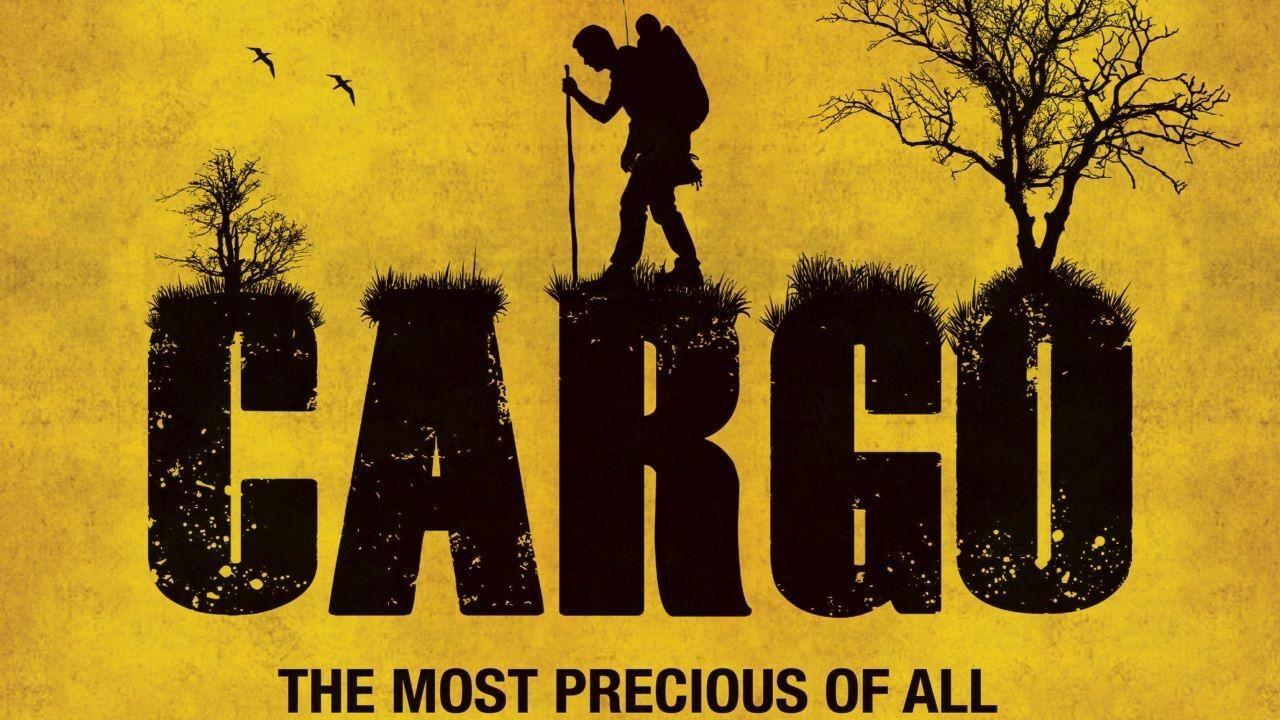
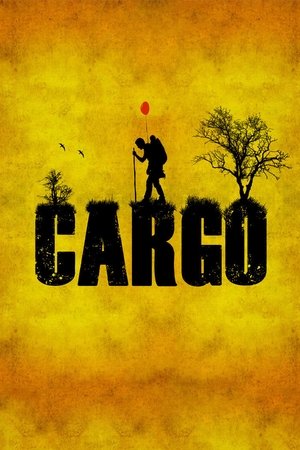
Cargo
The most precious of all
2013 • 0h 8min • ★ 6.979/10 • Australia
Directed by: Yolanda Ramke
Cast: Andy Rodoreda, Alison Gallagher, Ruth Venn, Yolanda Ramke, Kallan Richards
Stranded in the midst of a zombie apocalypse, a man sets in motion an unlikely plan to protect the precious cargo he carries: his infant daughter.
Cargo is a Swiss post-apocalyptic thriller film that takes place in a dystopian world where a deadly virus has ravaged the population, turning most of the survivors into zombies.
The film follows a father, Andy (played by Martin Rapold), who is infected with the virus and has only 48 hours to find a new guardian for his infant daughter before he turns into one of the undead.
As Andy travels through the barren wasteland with his baby, he encounters a number of obstacles and dangers, including ruthless survivors and the ever-present threat of the infected.
Along the way, he meets a woman, Thoomi (played by Simone Landers), who is trying to protect her own infected father in the hopes of finding a cure for the virus.
The film is a heart-wrenching tale of a father’s love and sacrifice for his daughter, set against the backdrop of a brutal and unforgiving world.
It’s a powerful exploration of the human condition and the lengths people will go to in order to protect the ones they love.
The cinematography in the film is stunning, with breathtaking landscapes and a gritty, realistic feel that immerses the viewer in the post-apocalyptic world.
The performances by the actors, particularly Martin Rapold and Simone Landers, are exceptional, conveying a range of emotions from fear and desperation to hope and determination.
Tuck Me In (2014)
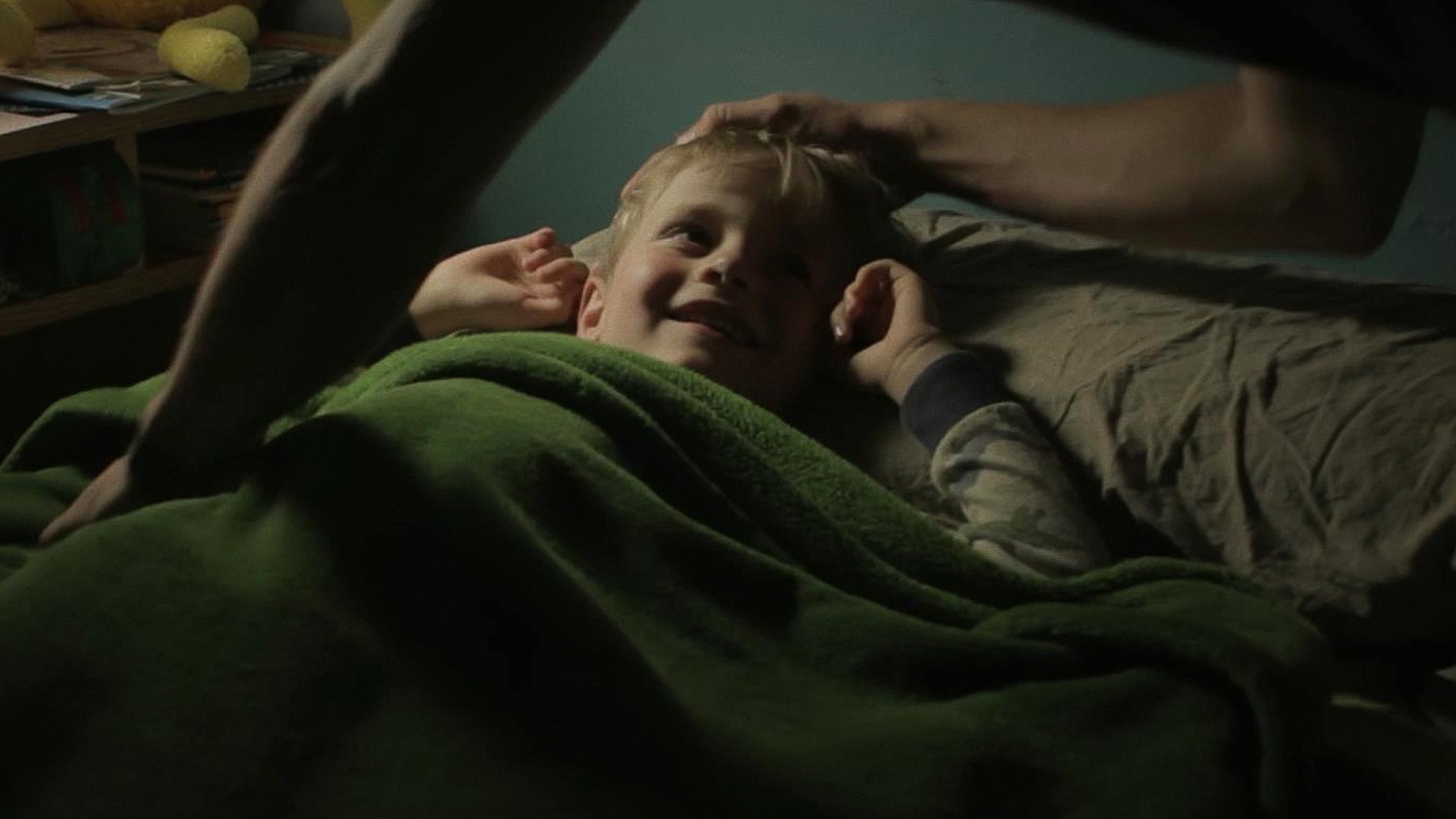
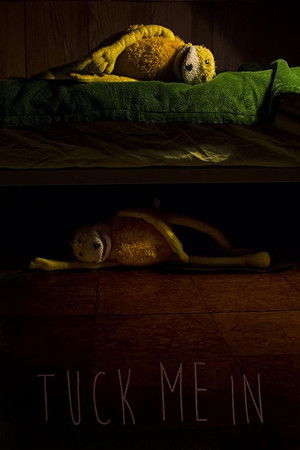
Tuck Me In
2014 • 0h 1min • ★ 6.782/10 • Spain
Directed by: Ignacio Rodó
Cast: Luka Schardan, Mark Schardan
Alex asks his father to tuck him in, but that's not the only thing he asks for.
Tuck Me In is a horror short film directed by Ignacio F. Rodó and based on a two-sentence horror story by Juan J. Ruiz.
The film tells the story of Alex, a father who goes to tuck in his son, Martin, for the night.
As Alex is about to leave the room, Martin calls out to him, saying that there is someone under his bed.
Alex reassures Martin that there is nothing there, but Martin insists that he sees something moving under the bed.
As Alex gets down on his hands and knees to take a look, he discovers a horrifying truth that will leave audiences on the edge of their seats.
At just under two minutes in length, Tuck Me In is a
From the opening shot of Alex approaching Martin’s bed to the final reveal, the film keeps viewers on the edge of their seats, wondering what is going to happen next.
The use of sound is particularly effective, with a subtle but ominous score and the sound of Martin’s breathing adding to the sense of unease.
The performances from the two actors are also impressive, with both managing to convey a range of emotions in just a few short minutes.
Alex’s initial reassurance turns to fear and panic as he realizes what is under the bed, while Martin’s innocent curiosity gives way to terror.
The cinematography is also worth noting, with some inventive camera angles and a use of close-ups that add to the claustrophobic atmosphere of the film.
The Elevator (2010)
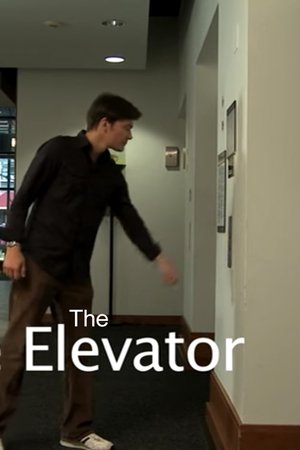
The Elevator
2010 • 0h 4min • ★ 5/10 • United States of America
Directed by: Greg Glienna
Cast: Greg Glienna
A man learns the drawbacks of using the elevator
“The Elevator” is a short horror film that will keep you on the edge of your seat.
The film centers around a young woman named Liza, who is working late at the office. When she gets into the elevator to leave, she finds herself trapped inside with a strange man who seems to know everything about her.
As the elevator becomes stuck and the man’s behavior becomes increasingly erratic, Liza realizes that she is in grave danger.
The tension builds throughout the film as Liza desperately tries to find a way to escape the elevator and the strange man’s clutches.
The use of lighting and camera angles creates a claustrophobic atmosphere that will make your skin crawl.
The sound design is also excellent, with the eerie sound of the elevator and the man’s whispers adding to the overall sense of unease.
The acting is top-notch, with the two main actors delivering strong performances that will leave you feeling unnerved.
The story is well-crafted and will keep you guessing until the very end.
Bar Talk (2013)
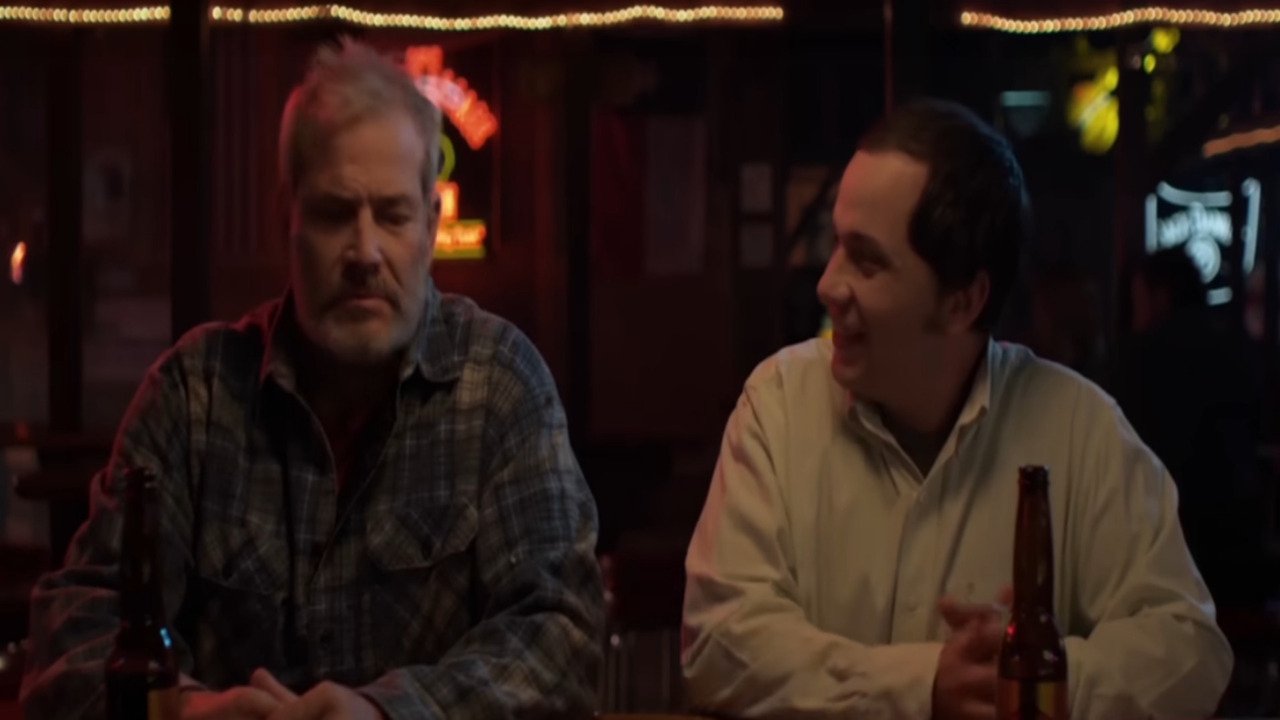
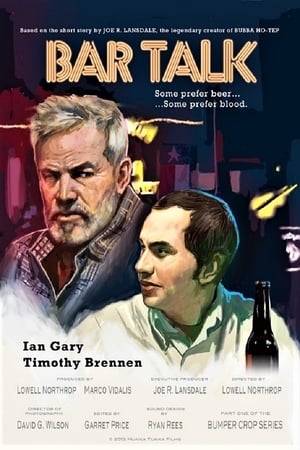
Bar Talk
2013 • 0h 9min • ★ 4/10 • United States of America
Directed by: Lowell Northrop
Cast: Timothy Brennen, Ian Gary, Eric Barber, Star Don, Tarah New
In a dusty Texas bar, a chatty stranger insists on striking up a conversation with the man sitting next to him. The more this out-of-towner talks, the more obvious it is he's not from 'round here. Heck, he's not even from this planet! Based on the short story by Joe R. Lansdale.
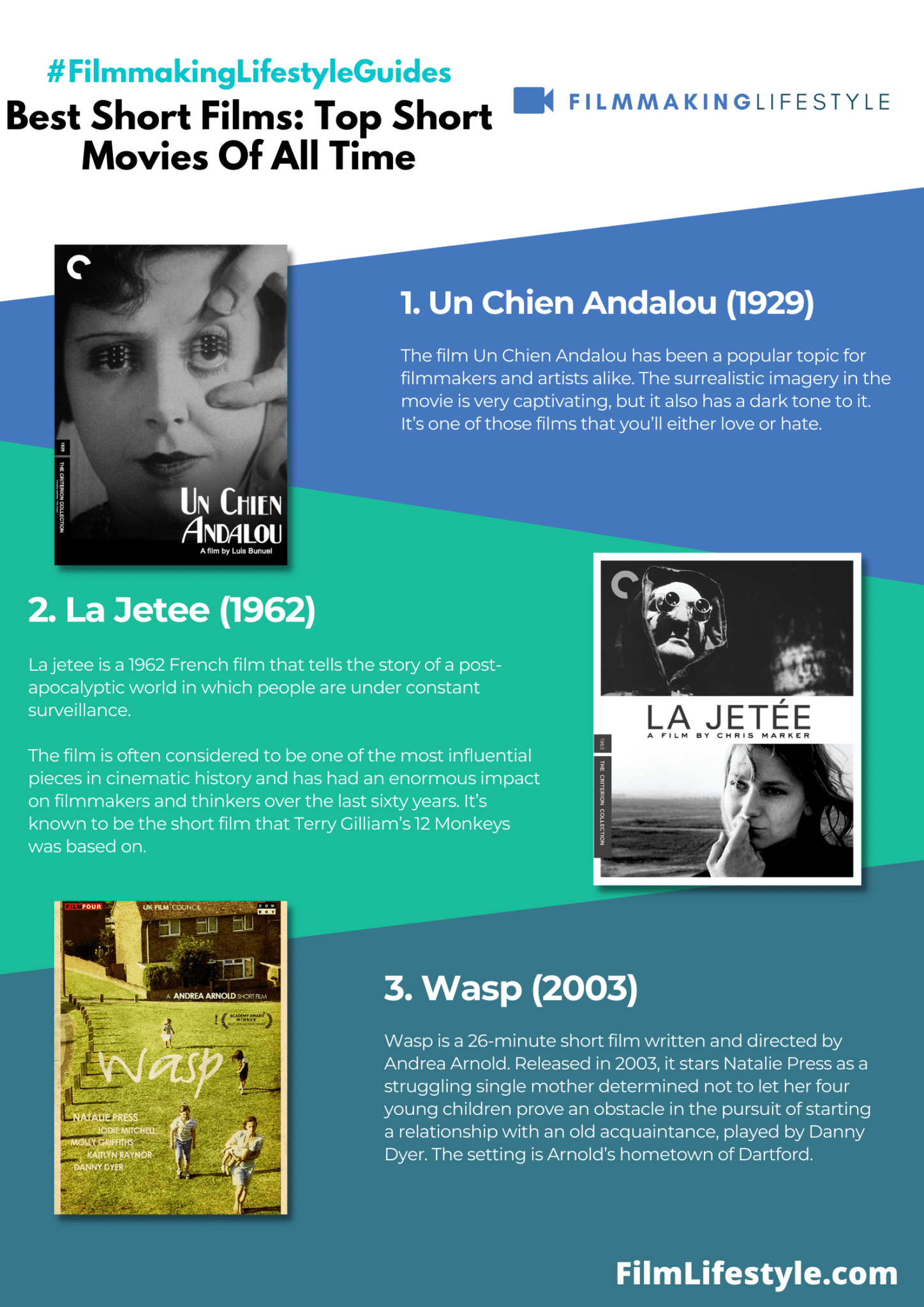
Bar Talk is a short film directed by Lowell Dean and written by Lowell Dean and Evan Spergel.
The film follows a group of friends who gather at their local bar to catch up and discuss life, love, and everything in between.
As the night wears on and the drinks continue to flow, the conversation turns to a game of truth or dare, which leads to some unexpected revelations and tensions between the friends.
At just over 12 minutes in length, Bar Talk is a sharply written and well-acted film that captures the spirit of a night out with friends.
The dialogue is snappy and engaging, with each character given their own distinct voice and personality.
The ensemble cast is also impressive, with each actor delivering a nuanced performance that adds to the overall realism of the film.
The film’s use of music is also worth noting, with a soundtrack that perfectly captures the mood and tone of the evening.
The camera work is unobtrusive but effective, with a focus on close-ups and reaction shots that draw viewers in and help to convey the emotional stakes of the conversation.
What really sets Bar Talk apart, however, is the way it explores the complexities of modern relationships.
The film is not afraid to delve into the messy, complicated, and often painful realities of love and friendship, and the result is a film that is both funny and poignant.
The climax of the film is particularly powerful, as the characters’ secrets and desires are revealed and the group is forced to confront their own shortcomings and failures.
Trevor (1994)
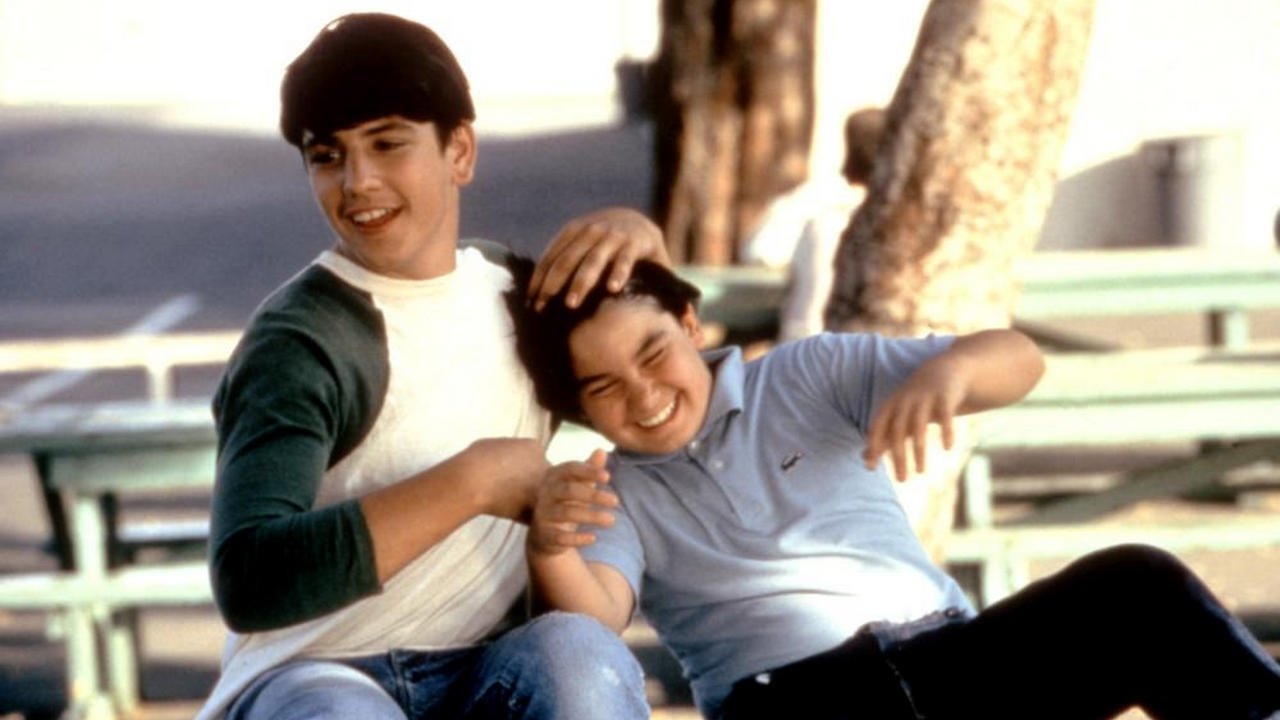

Trevor
1994 • 0h 18min • ★ 7.061/10 • United States of America
Directed by: Peggy Rajski
Cast: Brett Barsky, Judy Kain, John Lizzi, Jonah Rooney, Stephen Tobolowsky
Upon hitting puberty, a high school boy realizes that he is homosexual and faces prejudice from his homophobic parents and friends.
Trevor is a short film that tells the story of a young gay teenager named Trevor who struggles to accept his sexuality in a world that is not always accepting.
Trevor is a talented performer and loves musicals, but he is constantly bullied and harassed by his classmates.
When he reaches out to a hotline for help, he is told to “try and be like everyone else,” which only causes him to sink deeper into despair.
Eventually, Trevor attempts to take his own life, but he is saved by a group of friends who come to his aid.
The film ends with a message encouraging anyone struggling with their sexuality or mental health to seek help and support.
Trevor is a powerful and important film that sheds light on the challenges faced by young LGBTQ+ individuals, especially in a time when acceptance and understanding were not as widespread as they are today.
The film is based on a true story and has been recognized for its impact in promoting awareness and acceptance of LGBTQ+ youth.
It was even the inspiration for the creation of The Trevor Project, a leading organization providing crisis intervention and suicide prevention services to LGBTQ+ young people.
The film is a must-see for anyone interested in LGBTQ+ issues and social justice.
Set in 1981, the film follows what happens to 13-year-old Trevor, a Diana Ross fan, when his crush on a schoolmate named Pinky Faraday gets discovered.
Six Shooter (2004)

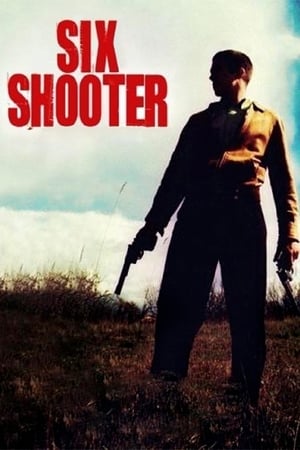
Six Shooter
A black and bloody Irish comedy.
2004 • 0h 27min • ★ 7.169/10 • Ireland
Directed by: Martin McDonagh
Cast: Brendan Gleeson, Rúaidhrí Conroy, David Wilmot, Aisling O'Sullivan, Gary Lydon
Overwhelmed by grief following the death of his wife, Donnelly shares a train carriage home with a troubled young man identified only as the 'Kid'. As the Kid becomes more agitated and foul-mouthed, the journey takes on a violent and dangerous hue – for the bereaved Donnelly and for other hapless passengers on the train. Academy Award Winner: Best Live Action Short Film – 2005
Six Shooter is a Irish short film written and directed by Martin McDonagh.
The film follows a grieving man named Donnelly, played by Brendan Gleeson, who has just lost his wife.
On a train journey home from the funeral, Donnelly encounters a talkative and somewhat disturbing young man, played by Rúaidhrí Conroy.
As the journey progresses, Donnelly is forced to confront his own grief and the dark secrets that lie beneath the surface.
At just over 27 minutes in length, Six Shooter is a darkly comic and highly original film that defies easy categorization.
McDonagh’s script is sharp and witty, with a mix of gallows humor and moments of genuine emotional resonance.
The dialogue is often profane and confrontational, but there is a real sense of heart and humanity beneath the surface.
The performances from the two leads are also exceptional, with Gleeson delivering a subtle and nuanced portrayal of a man struggling with his own emotions, and Conroy bringing a manic energy to his role as the mysterious stranger.
The supporting cast is also strong, with a group of eccentric train passengers providing some memorable moments of comic relief.
The film’s cinematography is also noteworthy, with a mix of long takes and close-ups that create a sense of intimacy and claustrophobia.
The use of sound is also effective, with a moody and atmospheric score that adds to the film’s overall sense of unease.
What really sets Six Shooter apart, however, is its ability to balance the dark and the light.
The film is often brutal and unflinching in its portrayal of grief and loss, but it is also filled with moments of unexpected tenderness and humor.
The result is a film that is both challenging and rewarding, and one that will stay with viewers long after the credits roll.
I’ll Wait For the Next One (2002)
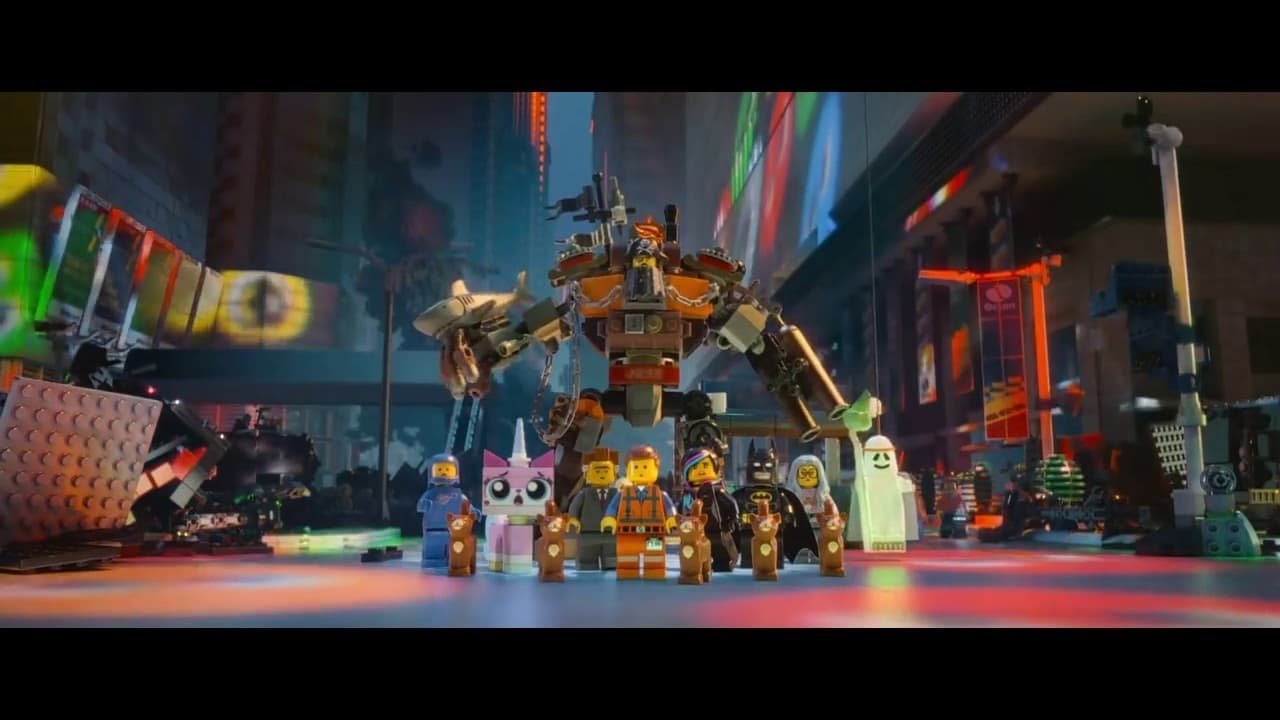
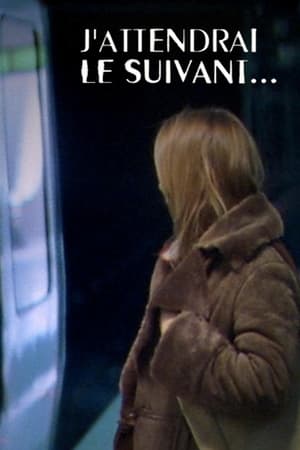
I'll Wait for the Next One...
Man falls in love while in a subway station.
2002 • 0h 4min • ★ 7/10 • France
Directed by: Philippe Orreindy
Cast: Sophie Forte, Thomas Gaudin, Pascal Casanova
On a subway train, a man announces that he's looking for someone who might be interested in him; the usual dating methods have not worked, though there's nothing wrong with him. He explains that any interested woman can just get off at the next stop. One woman looks interested...
“I’ll Wait for the Next One” is a short film from France that explores the theme of missed connections in a humorous and thought-provoking way.
Directed by Philippe Orreindy, the film tells the story of a woman who misses her train and ends up spending the night at a train station café, waiting for the next one.
As the night progresses, she strikes up a conversation with a man who appears to be her perfect match.
However, as they discuss their shared interests and values, their conversation is repeatedly interrupted by train announcements for the next train.
Each time, the woman gets up to leave, only to change her mind and return to the table.
The film is shot in black and white and has a dream-like quality, with a whimsical score that adds to the surreal atmosphere.
The dialogue is clever and witty, with a touch of romance and irony that makes the film both charming and bittersweet.
“I’ll Wait for the Next One” is a delightful short film that will make viewers reflect on the significance of chance encounters and the importance of seizing opportunities when they arise.
With its clever writing and charming performances, it is a must-see for anyone who appreciates romantic comedies or art-house cinema.
Multi-Facial (1995)
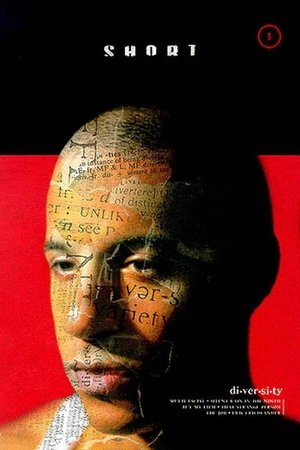
Multi-Facial
Not too light, Not too Dark
1995 • 0h 20min • ★ 6.2/10 • United States of America
Directed by: Vin Diesel
Cast: Vin Diesel, Lewis Steidl, Cara Gaffen, Phillip Jones, Ivan Jordain
Through a series of auditions, a young actor in New York City struggles with his identity.
Multi-Facial is a short film written, directed, and starring Vin Diesel.
The film follows Mike, a struggling actor of mixed ethnicity who is constantly rejected for roles because he doesn’t fit neatly into any one racial category.
As Mike navigates the audition circuit, he is forced to confront his own identity and the limitations that come with it.
At just over 20 minutes in length, Multi-Facial is a raw and honest exploration of the challenges faced by actors of color in Hollywood.
Diesel’s script is deeply personal, drawing from his own experiences as a biracial actor, and his performance is raw and emotionally charged.
The film is shot in black and white, giving it a stark and gritty feel that underscores the harsh realities of the entertainment industry.
The film’s use of music is also noteworthy, with a soundtrack that features a mix of soulful R&B and hip hop that perfectly captures the film’s mood and tone.
The camera work is unobtrusive but effective, with a focus on close-ups and medium shots that draw viewers in and help to convey the emotional stakes of each scene.
What really sets Multi-Facial apart, however, is its unflinching look at the systemic barriers faced by actors of color.
The film doesn’t sugarcoat the harsh realities of the industry, nor does it offer any easy solutions. Instead, it is a call to action, a reminder that real change is needed to make the entertainment industry more diverse and inclusive.
The Connection (2013)
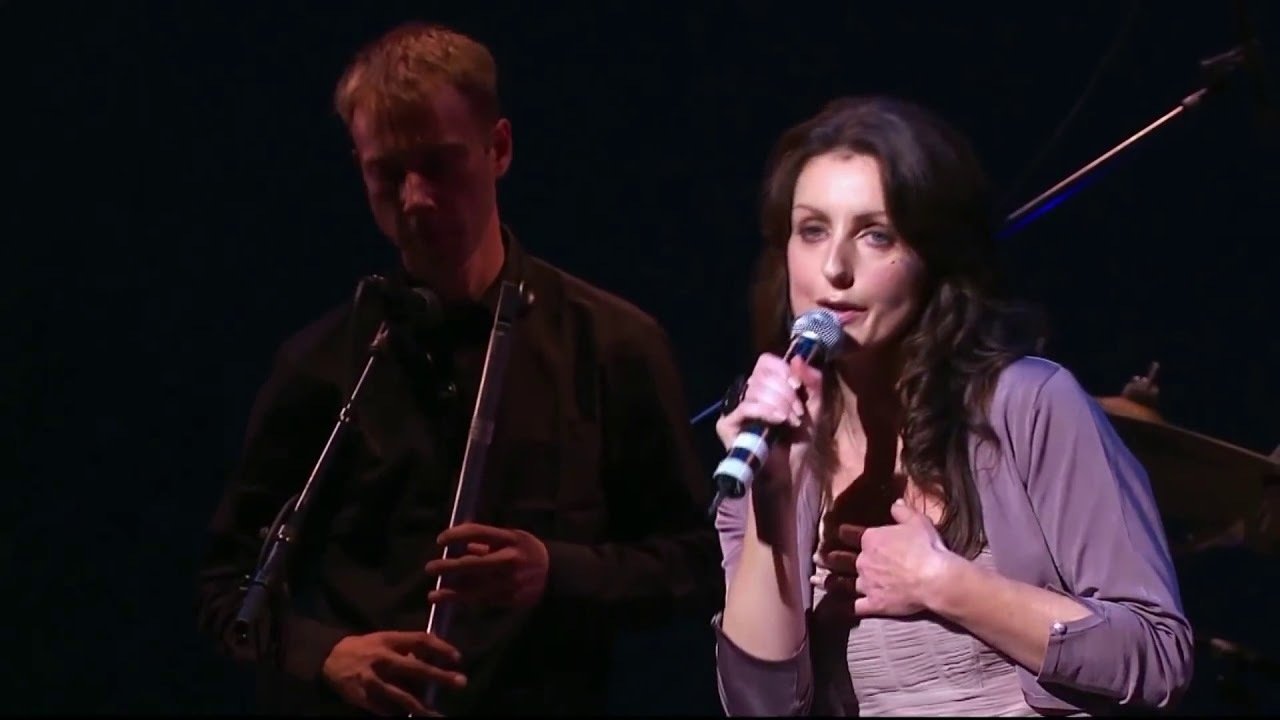
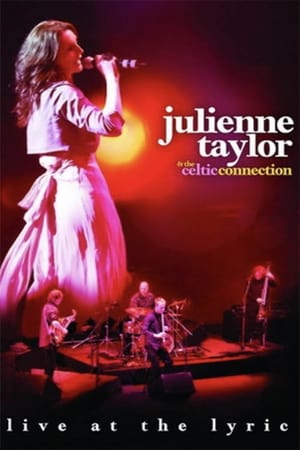
Julienne Taylor & the Celtic Connection: Live at the Lyric
2013 • 1h 5min • ★ 7/10 • United Kingdom
Directed by: Ice Eunice
Cast: Julienne Taylor
Scottish singer/songwriter Julienne Taylor's debut concert took place on September 24th at the Lyric Theatre, Academy for Performing Arts, Hong Kong featuring her band from Scotland, The Celtic Connection. The concert blu-ray was filmed for release in late 2012. Compared to the likes of Norah Jones and Eva Cassidy, she's captured the hearts of many (with a especially large following in Asia) with her romantic Celtic folk and pop songs. Featured hits on this video are some of her famous hits from her album ""The Heart Within"" and some traditional Scottish folk songs along with her own compositions and interpretations of classic lovesongs included on her debut album ""A Time For Love"" which some of it have been featured in a number of Korea TV dramas.
“The Connection” is a French thriller film directed by Cédric Jimenez, which tells the true story of the French Connection drug trafficking ring operating in the 1970s.
The movie follows Pierre Michel, a newly appointed magistrate who is determined to take down the notorious drug kingpin Gaëtan Zampa, the leader of the French Connection.
Despite resistance from his superiors and colleagues, Pierre dives headfirst into the dangerous underworld of drug trafficking, putting his career, family, and life on the line in his pursuit of justice.
The film features intense action scenes, suspenseful moments, and strong performances from the cast, particularly Jean Dujardin as Pierre Michel and Gilles Lellouche as Gaëtan Zampa.
The cinematography captures the gritty reality of 1970s Marseille, giving the film an authentic feel.
Gregory Go Boom (2013)
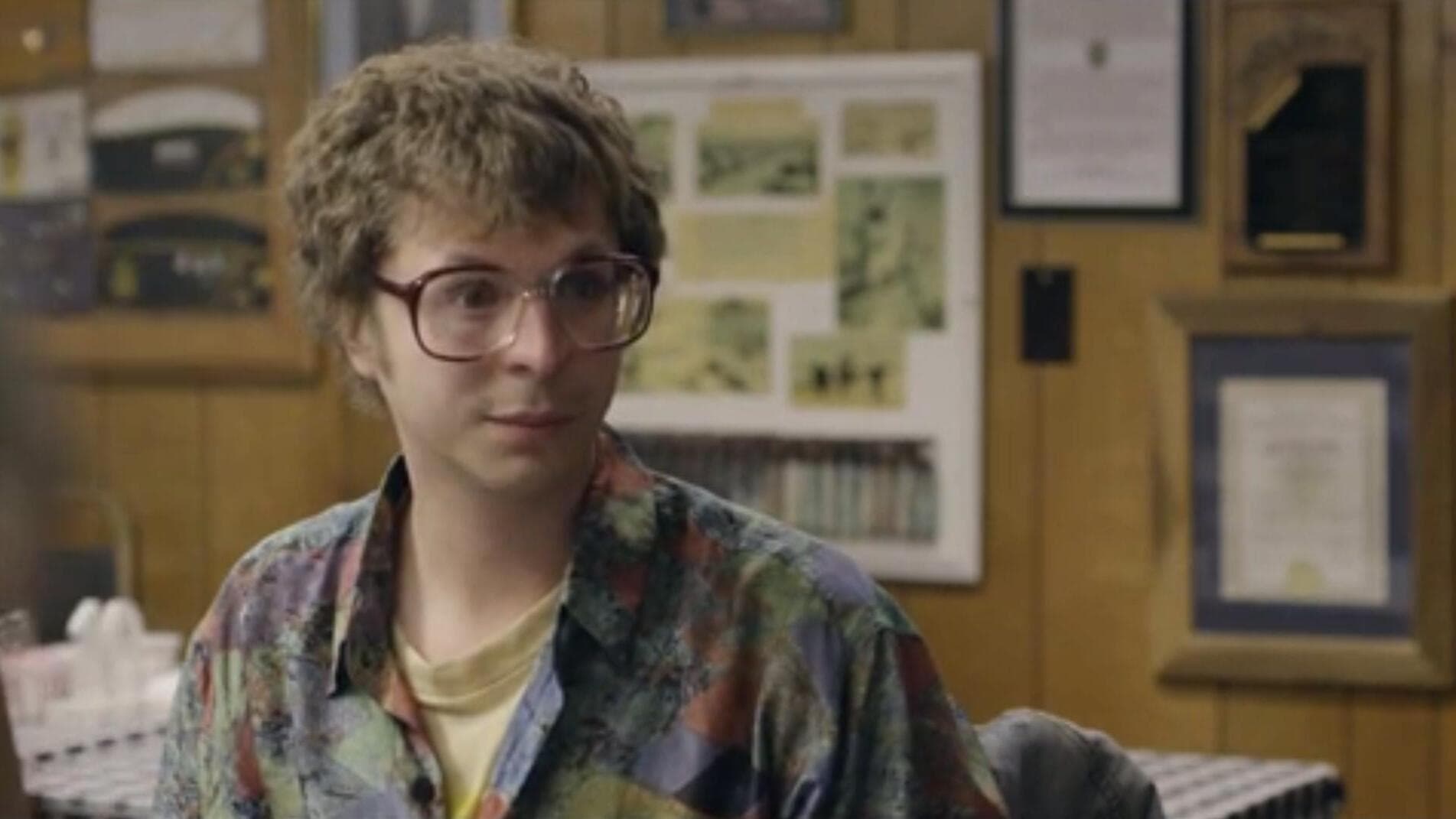
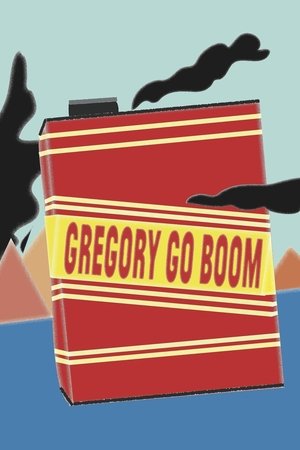
Gregory Go Boom
2013 • 0h 18min • ★ 6.381/10 • United States of America
Directed by: Janicza Bravo
Cast: Michael Cera, Sarah Burns, Brett Gelman, Anna Rose Hopkins, G. Maximilian Zarou
A paraplegic man leaves home for the first time only to discover that life on the outside is not like he had imagined it.
Gregory Go Boom is a short film written and directed by Janicza Bravo.
The film stars Michael Cera as Gregory, a paraplegic man who lives in a trailer park with his sister and her boyfriend.
Over the course of the film, Gregory navigates a series of bizarre and often surreal encounters, all while trying to find a sense of connection and purpose in his life.
At just over 18 minutes in length, Gregory Go Boom is a darkly comic and highly original film that explores themes of disability, isolation, and the human need for connection.
Bravo’s script is sharp and witty, with a mix of absurdist humor and moments of genuine pathos.
The film’s dialogue is often profane and confrontational, but there is a real sense of heart and humanity beneath the surface.
The performance from Cera is also exceptional, with the actor bringing a vulnerable and nuanced portrayal to his role as Gregory.
The supporting cast is also strong, with a group of eccentric characters adding to the film’s off-kilter charm.
The film’s cinematography is also noteworthy, with a mix of static shots and handheld camera work that creates a sense of intimacy and immediacy.
The use of sound is also effective, with a moody and atmospheric score that adds to the film’s overall sense of unease.
What really sets Gregory Go Boom apart, however, is its ability to balance the dark and the light.
The film is often brutal and unflinching in its portrayal of disability and isolation, but it is also filled with moments of unexpected tenderness and humor.
The result is a film that is both challenging and rewarding, and one that will stay with viewers long after the credits roll.
Night and Fog (1955)
No poster available
Night and Fog is a documentary short film directed by Alain Resnais and released in.
The film is a haunting and deeply moving exploration of the Holocaust and the Nazi concentration camps.
The film begins with an eerie shot of an abandoned concentration camp, with a voiceover providing an introduction to the history of the camps and their purpose.
The film then cuts to footage shot by Allied forces upon their liberation of the camps at the end of World War II, which is juxtaposed with contemporary shots of the camps as they appear in the present day.
The film’s visual and auditory juxtapositions create a powerful sense of time and history colliding, and emphasize the horrors of the Holocaust.
The film’s use of archival footage and stark, black and white photography serve to underscore the magnitude of the atrocities committed by the Nazis, while the voiceover provides a poetic and philosophical reflection on the meaning of the Holocaust and its implications for humanity as a whole.
The film’s haunting score, composed by Hanns Eisler, adds to the sense of melancholy and loss that pervades the entire film.
The Mushroom Club (2005)
No poster available
The Mushroom Club
2005 • 0h 35min • ★ 6.3/10
Directed by: Steven Okazaki
A filmmaker's journey to Hiroshima, sixty years after the bomb.
The Mushroom Club is a documentary short subject, directed by Steven Okazaki.
The short film is about the nuclear bomb dropped on Hiroshima and its effects on the residents of that city sixty years later.
God Sleeps in Rwanda (2005)
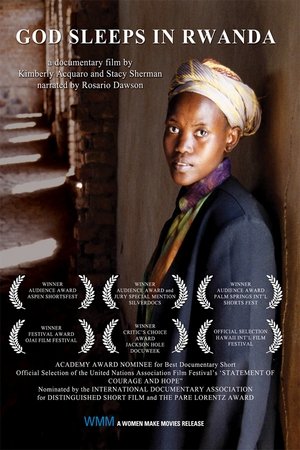
God Sleeps in Rwanda
2005 • 0h 28min • ★ 8/10 • Rwanda
Directed by: Kimberlee Acquaro
Cast: Rosario Dawson
A powerful documentary about five women whose lives have been irrevocably altered by the Rwandan genocide. With the country left nearly 70% female in the wake of the massacres, "God Sleeps In Rwanda" is a lucid portrait of the much larger change affected by women in the East African country.
God Sleeps in Rwanda is a documentary film directed by Kimberlee Acquaro and Stacy Sherman that follows the journey of a group of women in post-genocide Rwanda as they strive to rebuild their lives and their country.
The film is an intimate and powerful portrayal of the resilience and courage of these women, who have faced unimaginable horrors but refuse to be defined by them.
The film primarily focuses on the work of two organizations – the Rwandan Association of University Women and the Komera Project – that are working to empower women in the country through education, leadership training, and economic development.
Through interviews with the women involved in these organizations, the film provides a moving account of their struggles, hopes, and dreams.
God Sleeps in Rwanda is a powerful and inspiring film that sheds light on the enduring legacy of the Rwandan genocide and the efforts of women to create a better future for themselves and their country.
The film is a testament to the resilience of the human spirit and the transformative power of education and community-building.
Highly recommended for anyone interested in the role of women in post-conflict societies and the power of grassroots movements to effect social change.
The Death of Kevin Carter: Casualty of the Bang Bang Club (2004)
No poster available
The Death of Kevin Carter: Casualty of the Bang Bang Club
2004 • 0h 27min • ★ 6.4/10
Directed by: Dan Krauss
In 1994, a South African photojournalist received the Pulitzer Prize for his picture of a starving girl stalked by a vulture. Weeks later, he carried out a terrible, desperate act--an act that embodied the anguish of an entire nation.
The Death of Kevin Carter: Casualty of the Bang Bang Club is a documentary film directed by Dan Krauss.
The film tells the story of Kevin Carter, a South African photojournalist who gained international fame for his powerful images of the conflict in South Africa during the 1990s.
The film explores Carter’s life and work, focusing on his time as a member of the Bang Bang Club, a group of photojournalists who captured some of the most iconic images of the end of apartheid in South Africa.
The film also delves into the ethical dilemmas faced by photojournalists, particularly those who document human suffering and conflict.
At the center of the film is Carter’s most famous photograph, a haunting image of a starving Sudanese child being stalked by a vulture.
The photo won the Pulitzer Prize in 1994, but also led to intense scrutiny and criticism of Carter’s actions in the moments after the photograph was taken.
The Death of Kevin Carter is a powerful and thought-provoking film that raises important questions about the role of photojournalists and the impact of their work.
The film is expertly crafted, with a mix of archival footage, interviews with Carter’s colleagues and family, and reenactments that help to bring the story to life.
Krauss does an excellent job of balancing the film’s various elements, using Carter’s life story as a way to explore the larger issues surrounding photojournalism and its relationship to conflict and suffering.
The film is both a tribute to Carter’s talent and a warning about the dangers and ethical complexities of the work that he and other photojournalists undertake.
Knife Skills (2017)
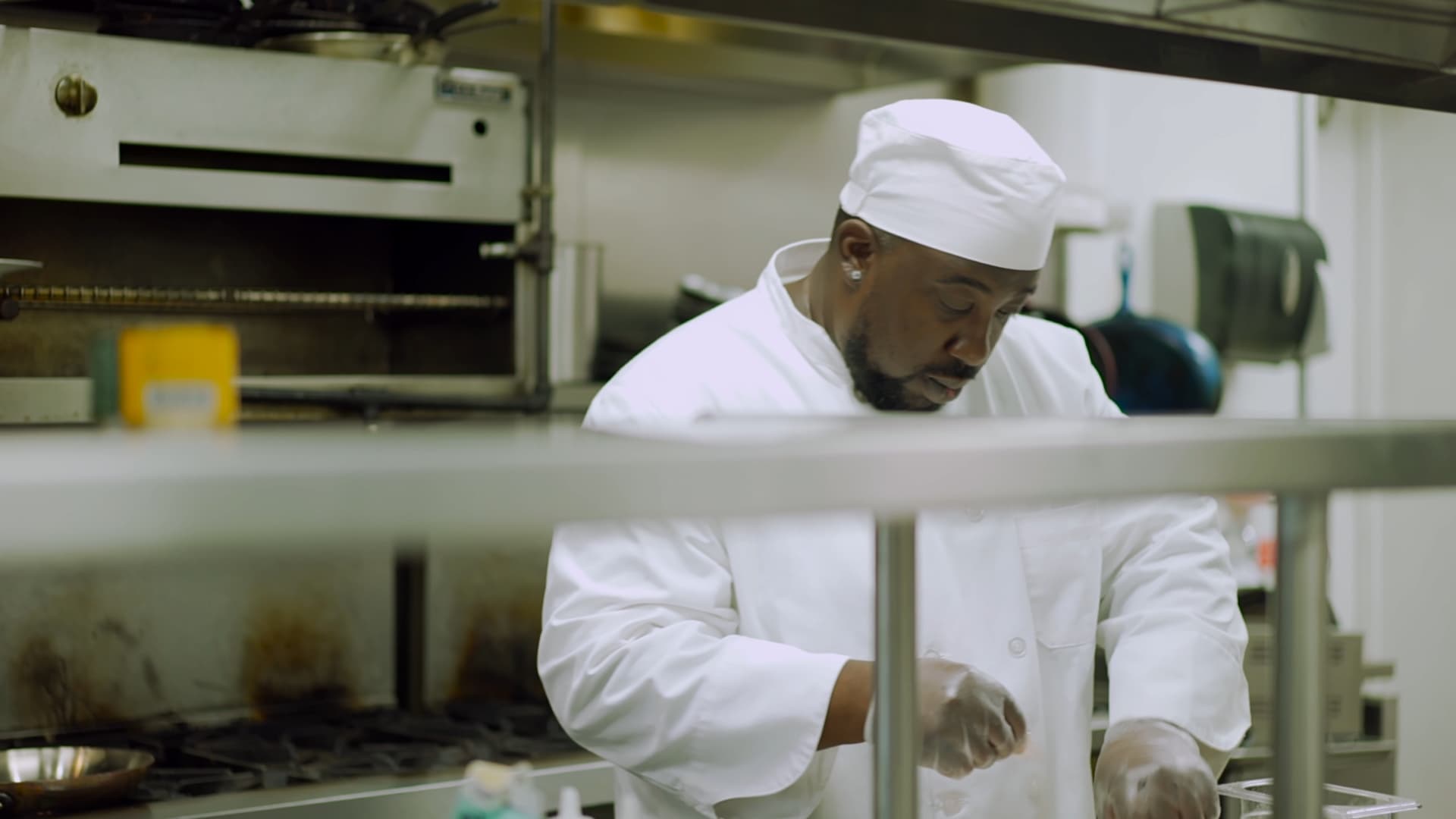

Knife Skills
On the Menu: A Second Chance
2017 • 0h 40min • ★ 6.7/10 • United States of America
Directed by: Thomas Lennon
Cast: Brandon Edwin Chrostowski
Edwin’s Restaurant is determined to become one of America’s top French restaurants, with a staff unlike any other in the country. Brandon Edwin Chrostowski prepares to open his Cleveland, Ohio fine dining establishment with a staff composed nearly entirely of recently released prisoners in search of an opportunity to get their lives back on track. They sign up for a classical French food boot camp to learn the ins and outs of fine wine, sauces, and more.
Knife Skills is a documentary short film that follows the opening of Edwins, a French fine-dining restaurant in Cleveland, Ohio, staffed entirely by men and women recently released from prison.
The film shows the challenges the staff face as they work to learn the skills needed to succeed in the culinary world, while also trying to rebuild their lives outside of prison.
The film is directed by Thomas Lennon, who effectively captures the challenges and triumphs of the staff at Edwins.
The film also highlights the importance of second chances and the impact that a supportive environment can have on people who have been incarcerated.
Knife Skills is a powerful documentary that showcases the transformative power of education and hard work.
The film is inspiring, emotional, and thought-provoking, and is a must-watch for anyone interested in the power of redemption and the potential of the human spirit.
Scorpio Rising (1963)

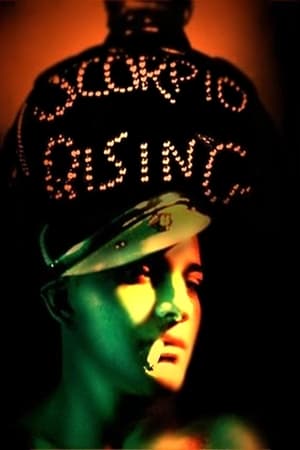
Scorpio Rising
From the underground – the original and wildest film of the Hell's Angels cult!
1969 • 0h 28min • ★ 6.659/10 • United States of America
Directed by: Kenneth Anger
Cast: Ernie Allo, Bruce Byron, Frank Carifi, Steve Crandell, Johnny Dodds
A gang of Nazi bikers prepares for a race as sexual, sadistic, and occult images are cut together.
Scorpio Rising is a experimental film directed by Kenneth Anger.
The film is a poetic and surreal portrait of the American motorcycle subculture, set against a backdrop of religious iconography and pop music.
The film follows a young biker named Scorpio as he prepares for a ride with his gang, which includes members wearing Nazi paraphernalia and other provocative symbols.
The film is heavily stylized, featuring a blend of pop music, religious imagery, and footage of motorcycle stunts and races.
At its core, Scorpio Rising is a meditation on the power of image and the way in which subcultures construct their identities through style and iconography.
The film is often considered a landmark of avant-garde cinema, with its use of music and editing techniques that would go on to influence filmmakers for decades to come.
Despite its experimental nature, Scorpio Rising has been widely praised for its technical skill and innovative approach to filmmaking.
The film is a
Scorpio Rising also touches on themes of sexuality, religion, and violence, and has been the subject of much critical analysis and interpretation.
Some see the film as a subversive commentary on American culture and its obsession with power and domination, while others view it as a celebration of outlaw culture and rebellion.
Regardless of one’s interpretation, Scorpio Rising remains a visually stunning and deeply provocative work of art.
Its influence can be seen in a wide range of films, from music videos to feature-length narratives, and its impact on experimental cinema cannot be overstated.
If you’re interested in avant-garde film or the power of image in art, Scorpio Rising is a must-see.
From the Drain (1967)
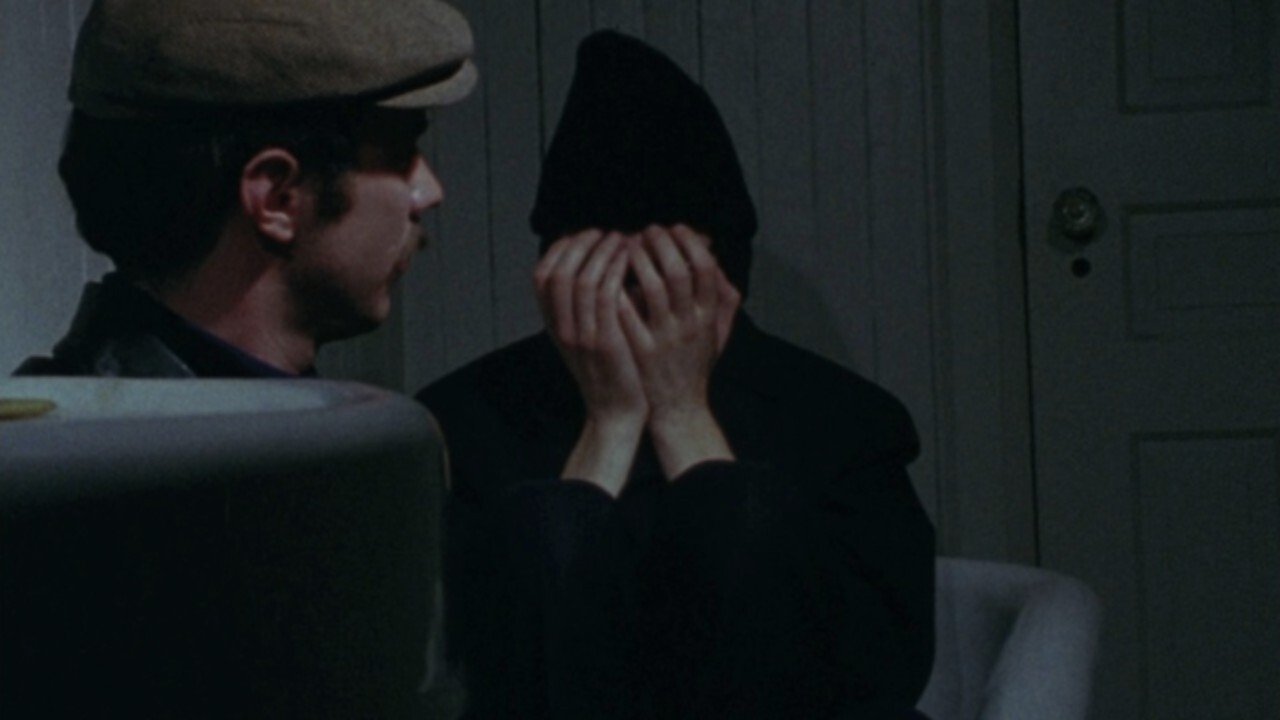
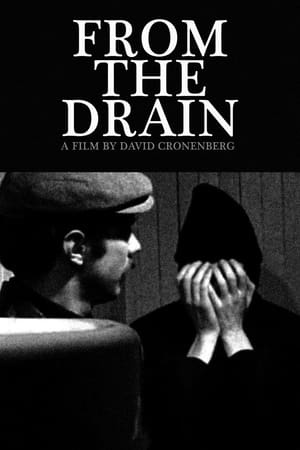
From the Drain
1967 • 0h 13min • ★ 4.48/10 • Canada
Directed by: David Cronenberg
Cast: Mort Ritts, Stefan Nosko
The film is centered on two men in a bathtub; it is implied that they are veterans of some past conflict. The first man is paranoid about the drain of the tub, the second indifferent to it. As the conversation between the two men progresses, a vine-like tendril emerges from the drain…
From the Drain is a short film directed by David Cronenberg in.
It tells the story of a man who becomes trapped in a drainpipe after being flushed down a toilet.
As he struggles to free himself, he encounters a series of bizarre and disturbing characters who taunt him and try to prevent his escape.
The film is a surreal and unsettling exploration of the human psyche, as the protagonist is forced to confront his deepest fears and desires in order to survive.
Cronenberg’s distinctive style is already evident in this early work, with its visceral and grotesque imagery and themes of body horror.
Despite its low budget and amateurish production values, From the Drain is a fascinating glimpse into the mind of one of the most influential filmmakers of the past half-century.
It is a must-see for fans of Cronenberg and lovers of avant-garde cinema.
The Grandmother (1969)
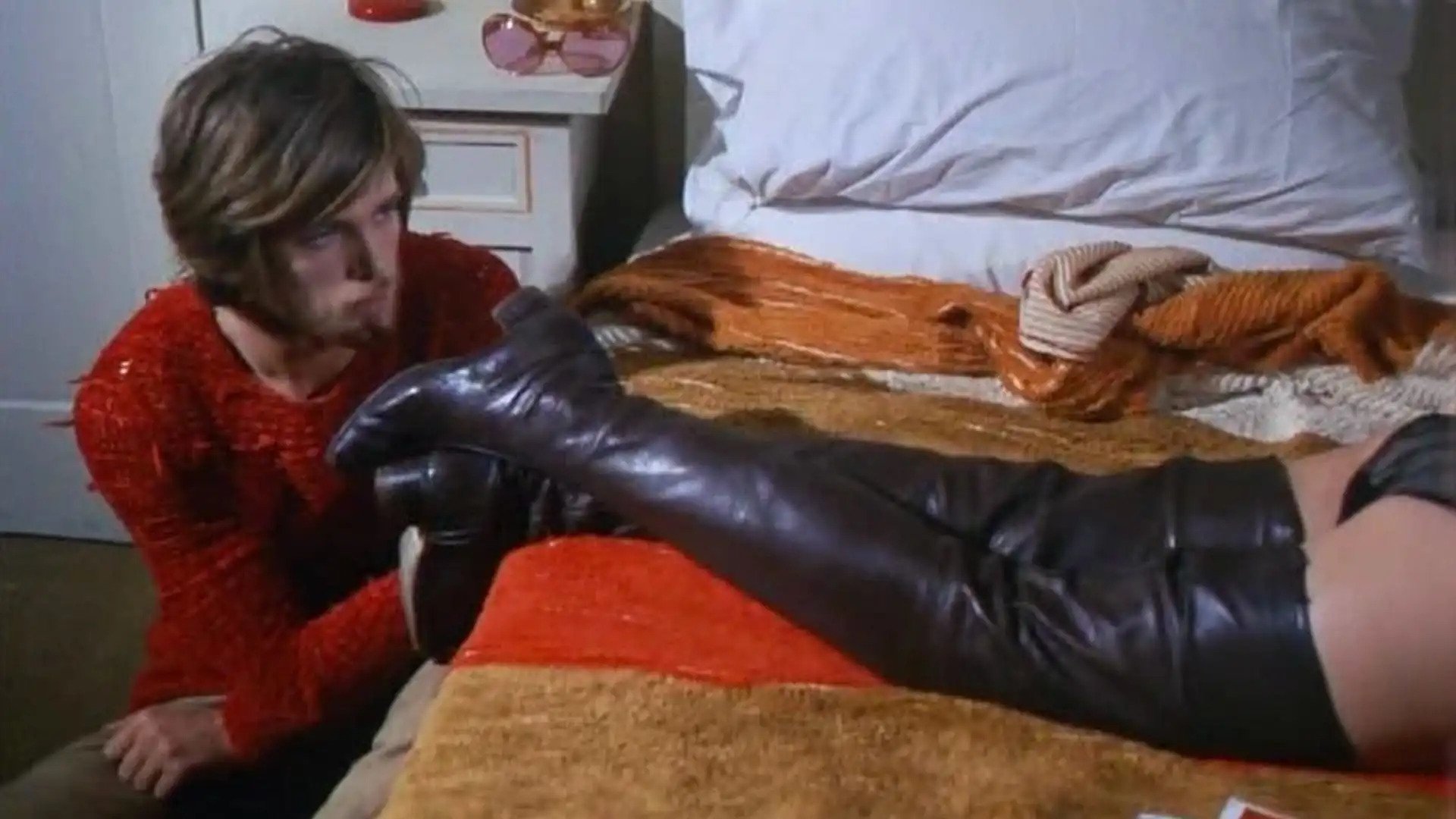
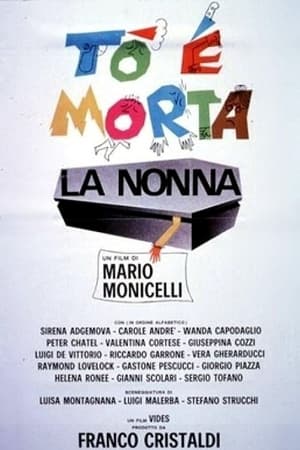
Oh, Grandmother's Dead
1969 • 1h 28min • ★ 5.4/10 • Italy
Directed by: Mario Monicelli
Cast: Carole André, Peter Chatel, Ray Lovelock, Helena Ronee, Valentina Cortese
Relatives brawl over the estate of a deceased grandmother who owned an insecticide factory.They stop at nothing, including bumping each other off.
The Grandmother is a experimental short film directed by David Lynch.
The film is a surreal and unsettling tale about a young boy who grows a grandmother from a seed.
The film is shot in black and white and features Lynch’s signature dreamlike style, with bizarre imagery and disturbing sound effects.
The film has no dialogue, and the story is told through a combination of music and visual cues.
The film follows a young boy who is abused by his parents and seeks refuge in a mysterious seed that he discovers in his backyard.
From the seed grows a grandmother figure who takes the boy under her wing and provides him with the love and care he has been denied by his own parents.
The Grandmother is a haunting and deeply symbolic film, exploring themes of love, loss, and the search for identity.
The film’s imagery is at times grotesque, with Lynch using a mix of live-action and stop-motion animation to create a nightmarish world that blurs the line between reality and fantasy.
Despite its experimental nature, The Grandmother is a technically impressive film, with intricate sets and careful attention to detail.
The film’s sound design is particularly effective, with Lynch using a combination of ambient noise and eerie sound effects to create a sense of unease and disorientation.
The Grandmother is a classic example of Lynch’s early work, demonstrating his unique visual style and his talent for creating deeply unsettling and thought-provoking films.
The film is a must-see for fans of experimental cinema and for anyone interested in the power of imagery to convey meaning and emotion.
Ballistic (2018)
No poster available
Do No Harm is a psychological horror-thriller directed by Roseanne Liang.
The film tells the story of a New Zealand-based heart surgeon named Dr. Emma Collins (played by Michelle Langstone) who finds her life spiraling out of control after performing a heart transplant on a patient with a mysterious past.
As Emma attempts to unravel the truth behind her patient’s past, she finds herself experiencing unexplainable and terrifying visions.
Her relationships with her husband, colleagues, and patients all become strained as she becomes increasingly obsessed with uncovering the truth.
The film is a slow-burning psychological thriller that builds tension through its use of imagery and sound design.
The horror elements of the film are grounded in the very real fears of identity loss and mental breakdown, with Emma’s increasingly erratic behavior becoming a source of terror for both herself and those around her.
Do No Harm is anchored by a strong performance from Michelle Langstone, who expertly conveys the emotional and psychological turmoil of her character.
The film also benefits from its tight pacing and well-executed plot twists, which keep the viewer engaged throughout.
The film’s visual style is simple yet effective, with the use of claustrophobic hospital settings and surreal dream sequences adding to the overall sense of unease.
The film’s score is also noteworthy, with a haunting and minimalist soundtrack that adds to the film’s overall mood.
Do No Harm (2017)
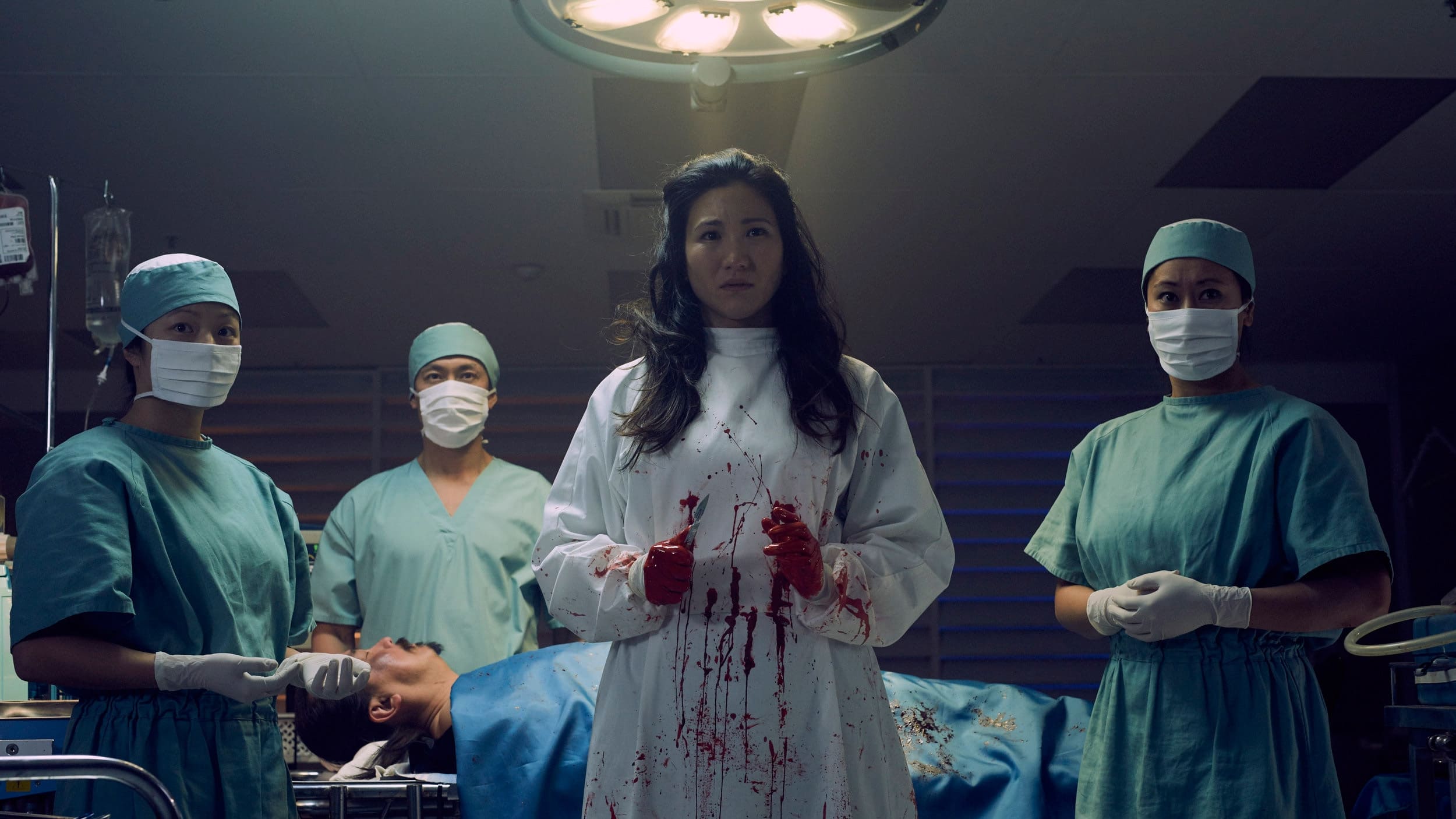

Do No Harm
Save the patient. Nothing else.
2017 • 0h 11min • ★ 7.5/10 • New Zealand
Directed by: Roseanne Liang
Cast: Marsha Yuen Chi-Wai, Jacob Tomuri, Shan-Mei Chan, David T. Lim, Emily Tham
3am. Hongjing, China. 1980s. A single-minded surgeon is forced to break her physician's oath when violent gangsters storm into a hospital to stop a crucial operation.
Ballistic is a action film directed by Ryan Eslinger.
The film follows an ex-soldier named John, played by Jesse James, who is recruited by a group of mercenaries to steal a package from a heavily guarded facility.
John is joined by a team of experienced operatives, including his former commander, played by Tom Berenger.
As the team prepares for the mission, tensions run high and personal vendettas come to the surface.
They soon discover that the package they are after is a powerful weapon that could be used to destroy entire cities.
As the mission progresses, John begins to question the true motives of his employers and starts to uncover a larger conspiracy at play.
The film features intense action sequences and high-stakes espionage as the team battles their way through enemy forces to complete their mission.
The film is well-shot and features a strong ensemble cast, with standout performances from Jesse James and Tom Berenger.
While Ballistic offers plenty of thrilling action and suspense, the plot can be somewhat convoluted and confusing at times.
The film also relies heavily on action scenes to drive the plot forward, leaving little room for character development or nuanced storytelling.
God Forgives, We Don’t (2017)
No poster available
A 22-minute short film created by Shane Patrick and Kristof Brandl.
It presents a unique perspective depicting the cruelties of war.
Get Watching Short Films
If you’re an avid movie watcher, then it’s likely that you’ve watched a short film.
Short films are often overlooked by the general public and not given as much attention or recognition as their full-length counterparts, but they can be just as creative and entertaining.
There are a lot of benefits to watching short films.
One of the best things about them is you can watch one in just ten minutes or less, and they often have an emotional impact on you that is lacking from traditional movies.
The key to more people enjoying this great form of entertainment starts with finding the right titles for your audience.
Here are some suggestions!
Ever had a hard time finding something to watch on Netflix or YouTube? Well, the next time that happens, turn to short films.
Many top short films can be found on many streaming services like Youtube and Vimeo.
We hope this article on the best short films has given you plenty of life-changing cinematic moments.
What was your favorite short? Let us know in the comment section.
Ready to learn about more Film History & Film Movements?
Matt Crawford
Related posts
4 Comments
Leave a Reply Cancel reply
This site uses Akismet to reduce spam. Learn how your comment data is processed.


![La mort en ce jardin + Un chien Andalou (court-métrage) [Blu-ray]](https://m.media-amazon.com/images/I/41mmet-OHKL.jpg)

![La Jetee (1962) / Sans Soleil (1983) - 1 disc (Criterion Collection) UK only [Blu-ray] [2019]](https://m.media-amazon.com/images/I/51ZDcydnWLL.jpg)



![A Trip to the Moon [Blu-ray]](https://m.media-amazon.com/images/I/51WHlQql7DS.jpg)

Wow, this list is incredible! I’ve been looking for more short films to study as I’m working on my own. La Jetée is a masterpiece, and I’m glad to see it included!
Cheers, Dana.
Great list of short films! I loved ‘The Phone Call’ and ‘The Shower’ were both very impactful. Do you think you could do a follow-up post on lesser-known short films that are worth watching?
Thanks! What’s your take on this topic?